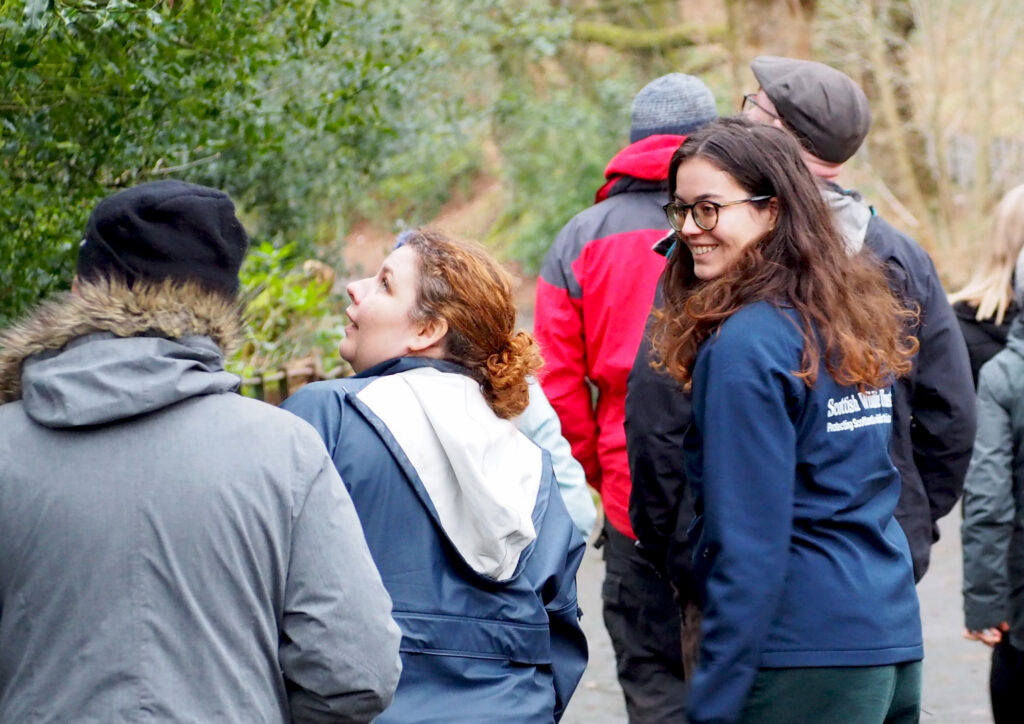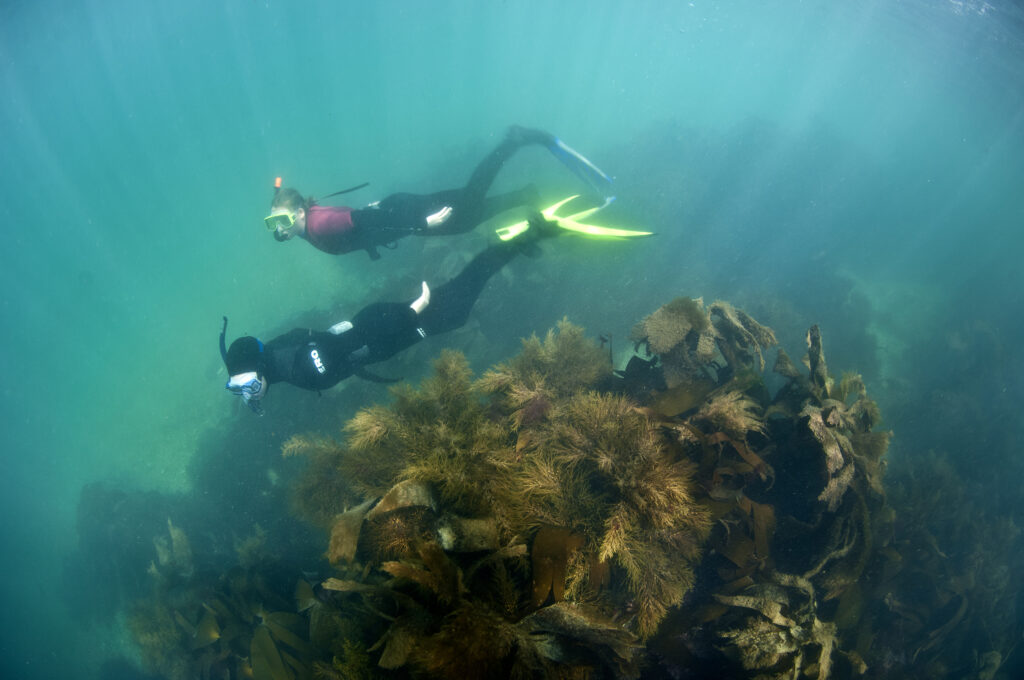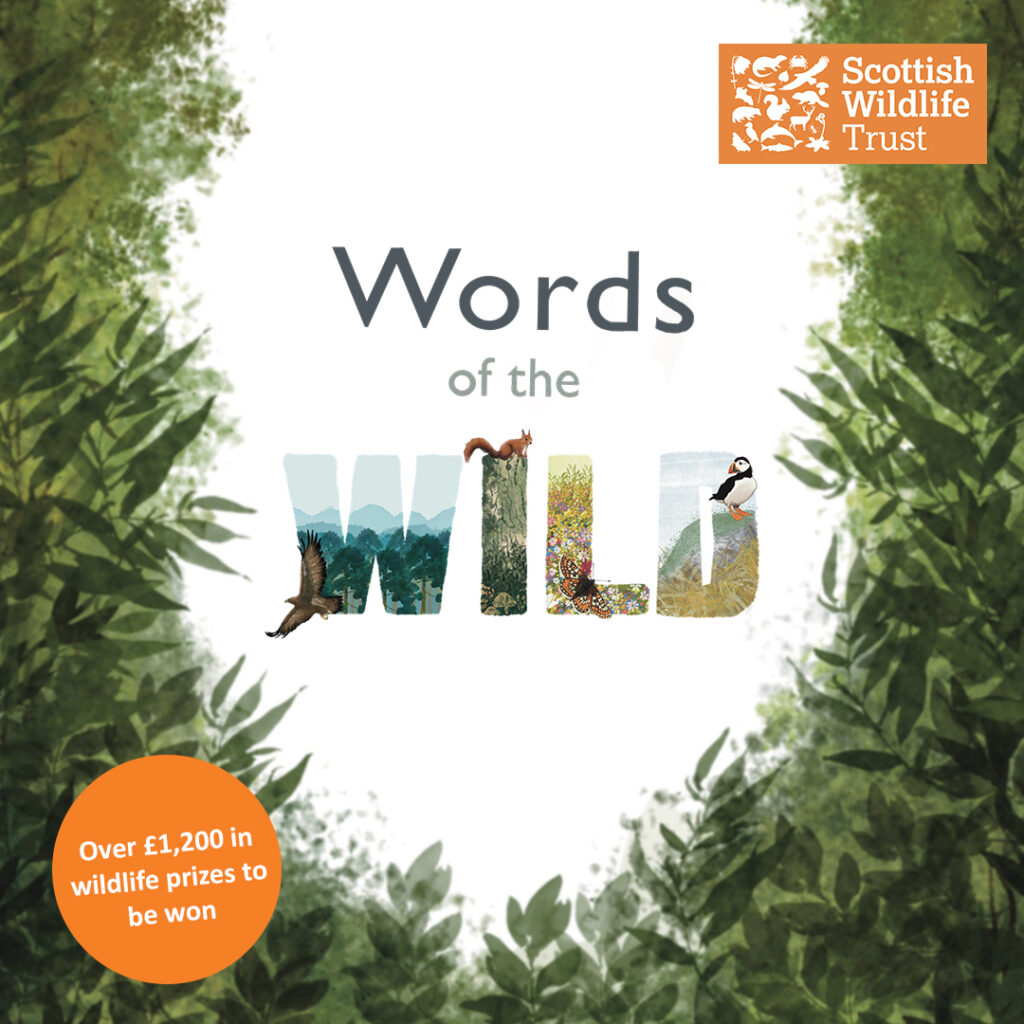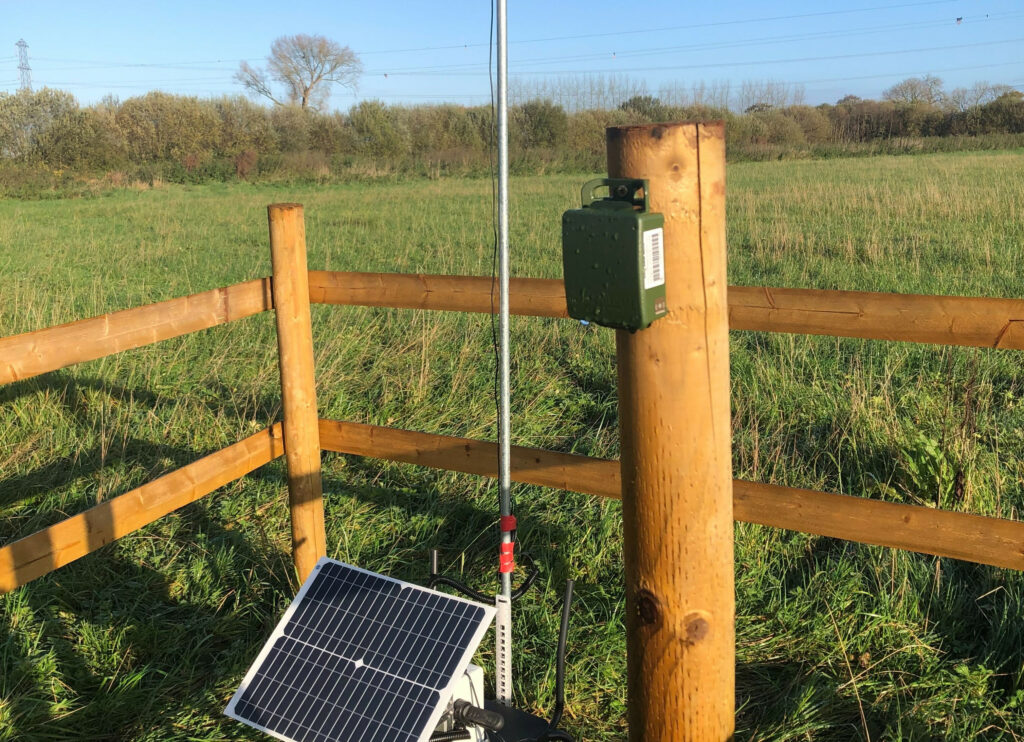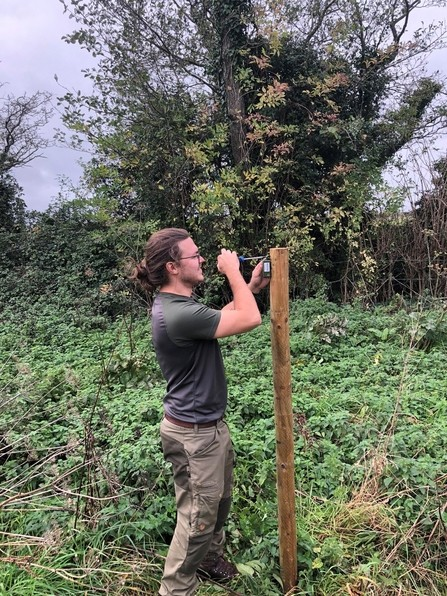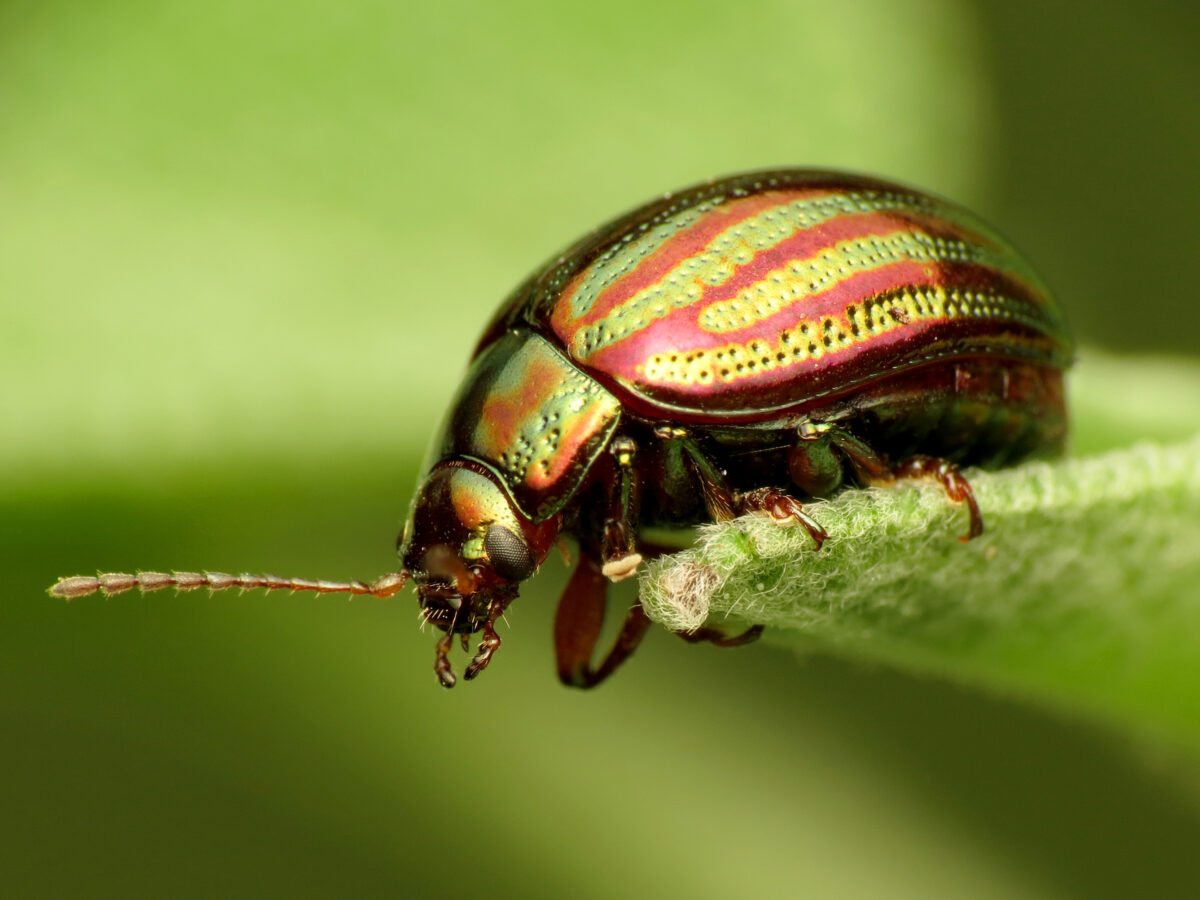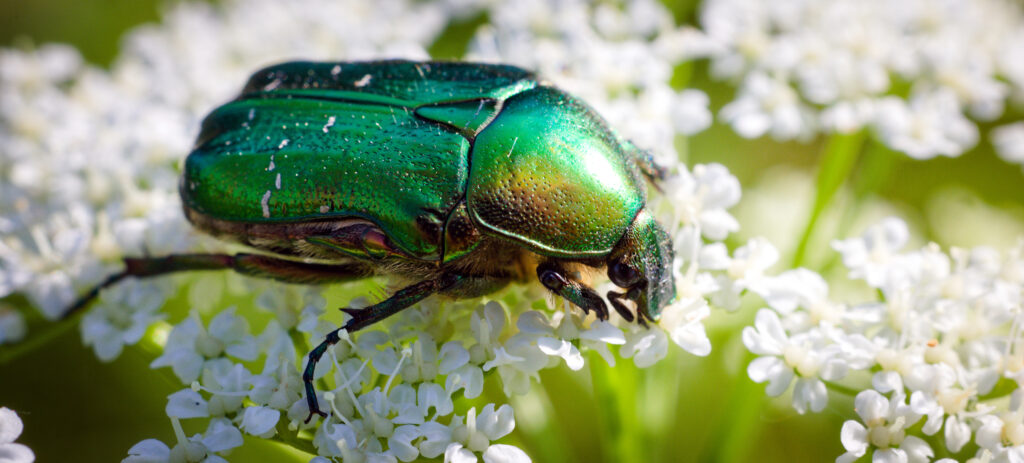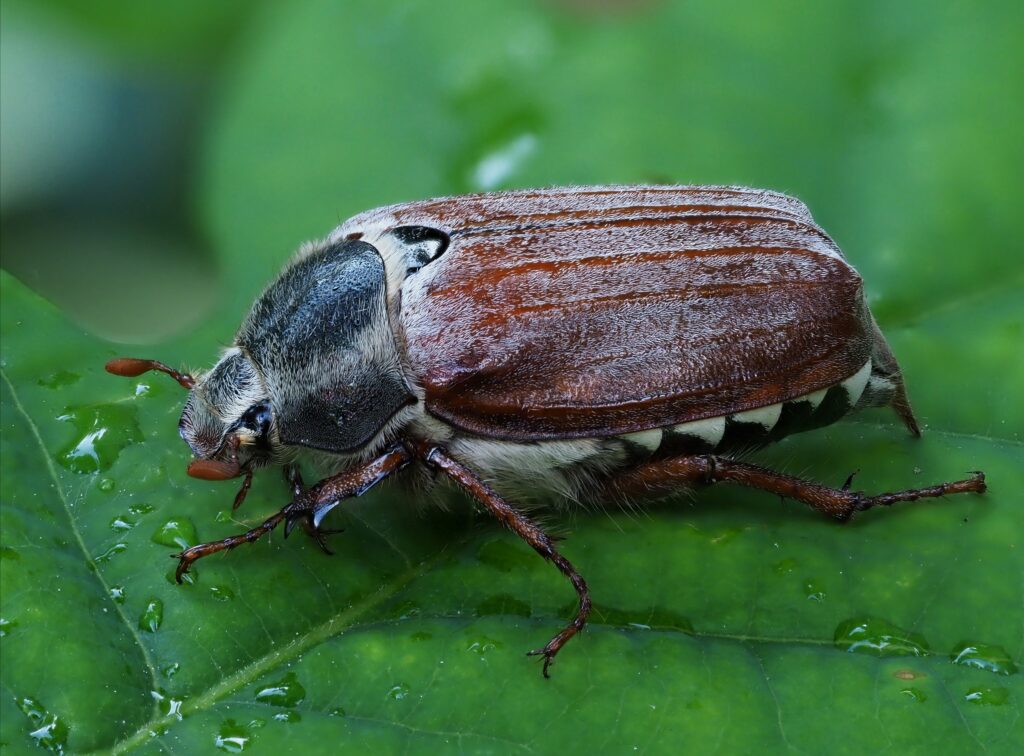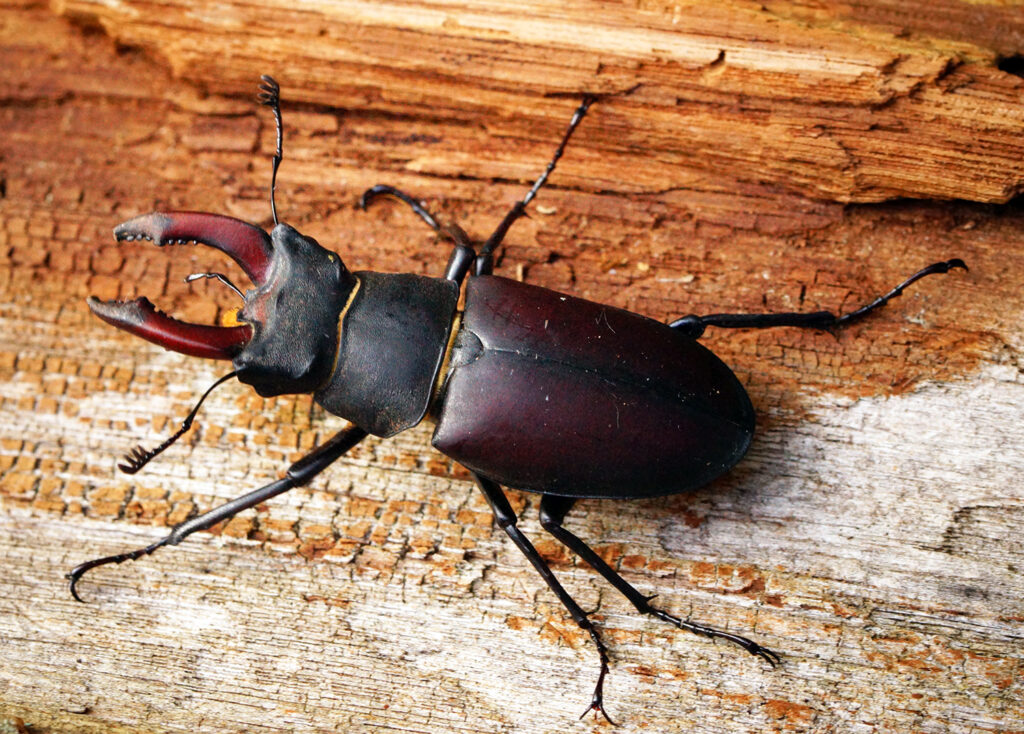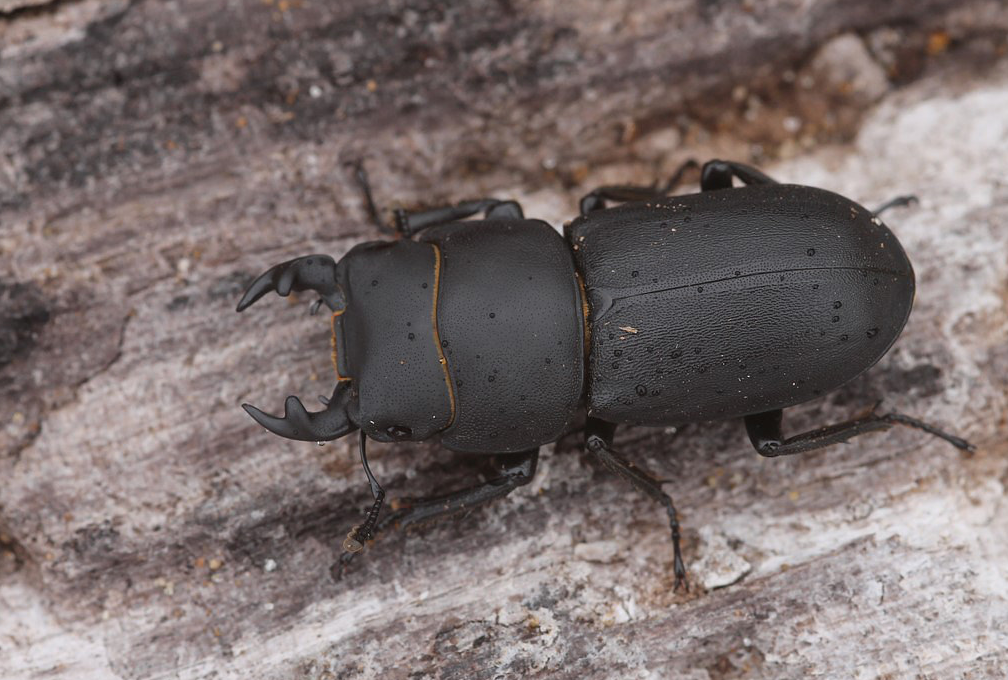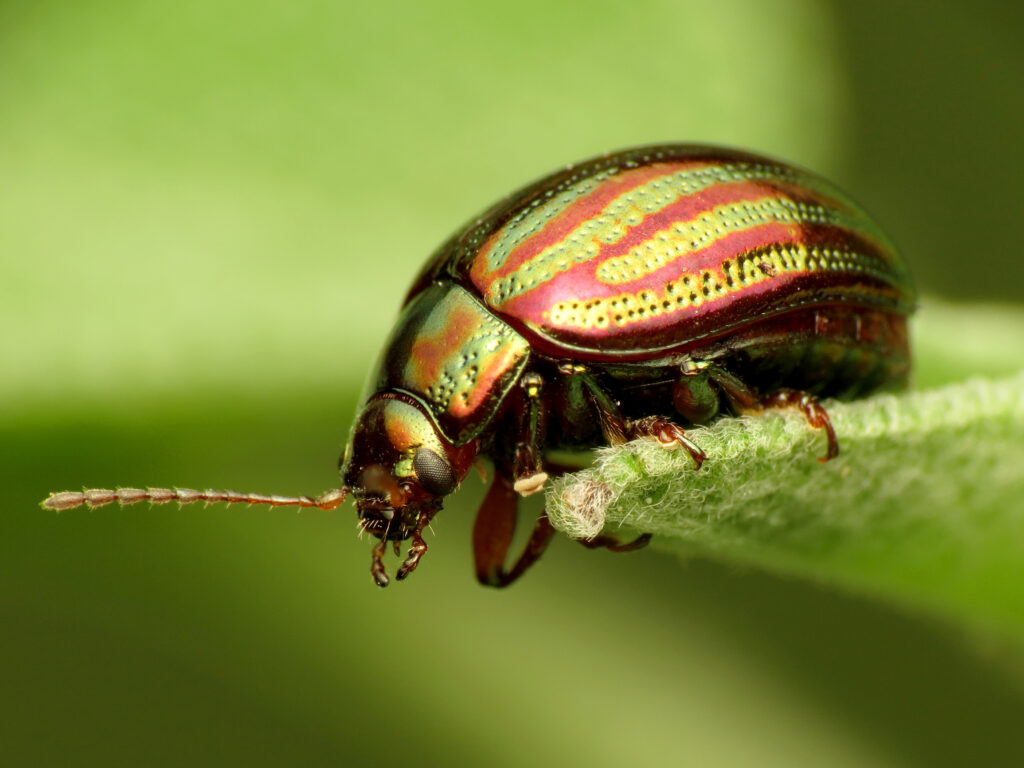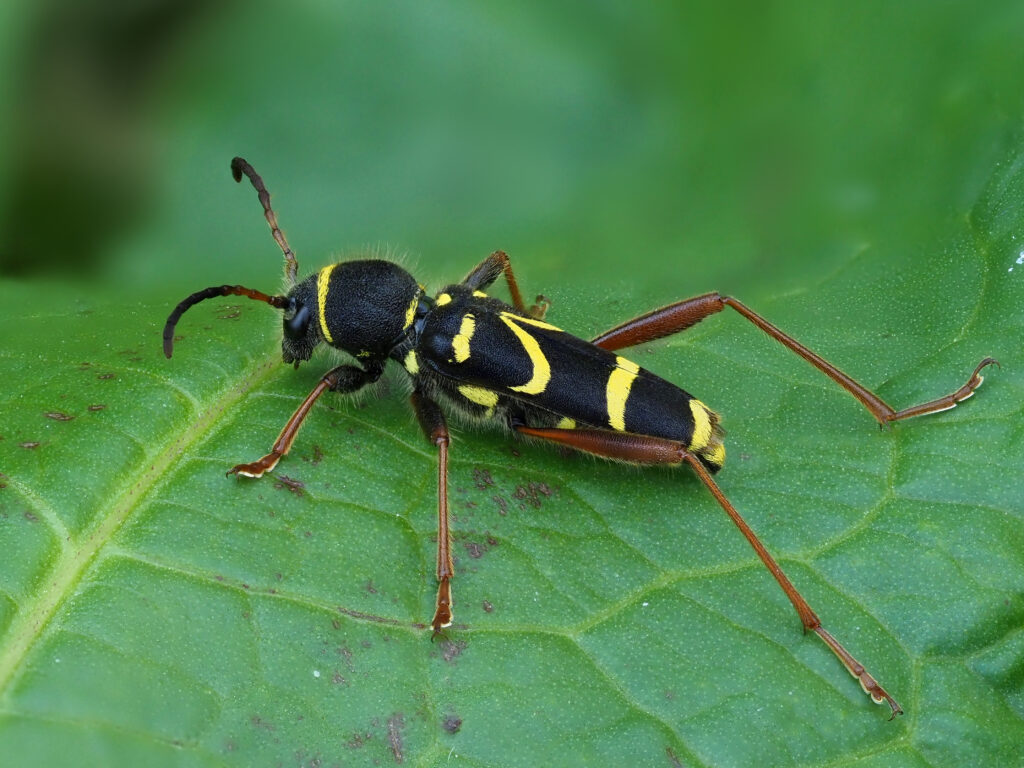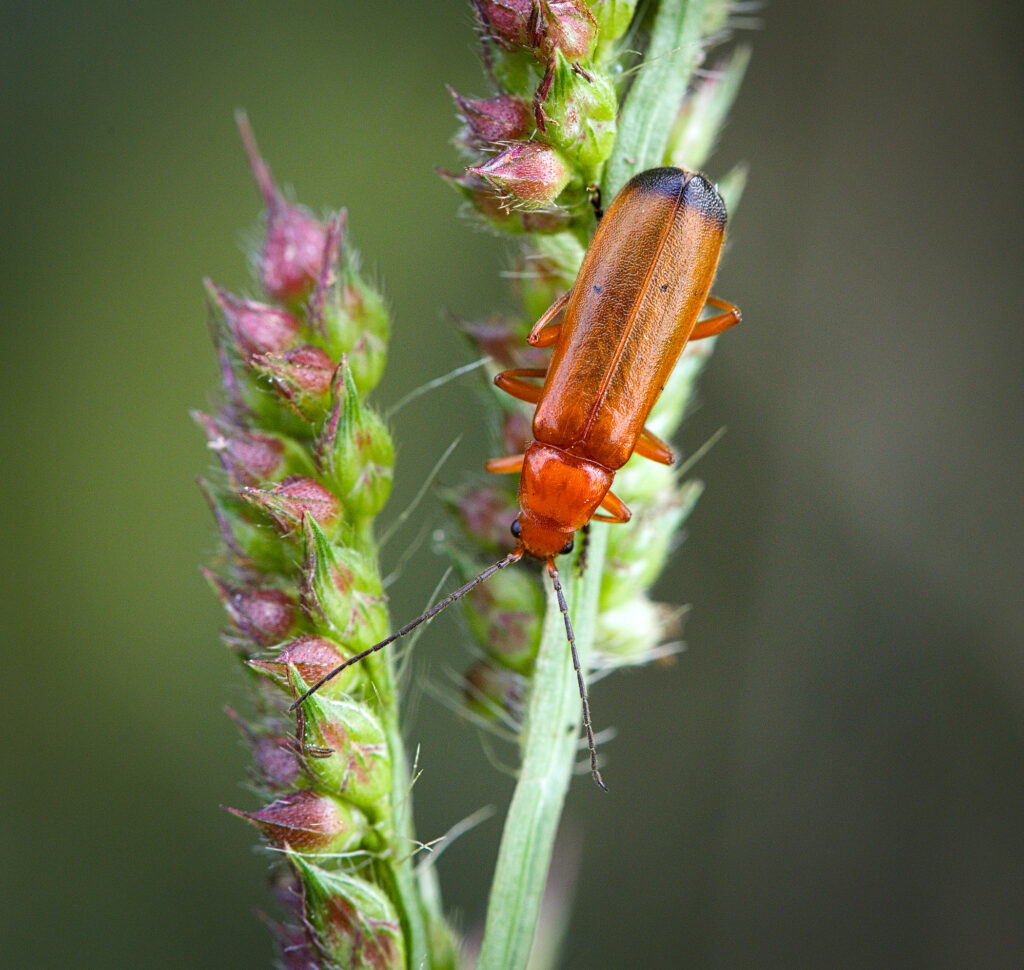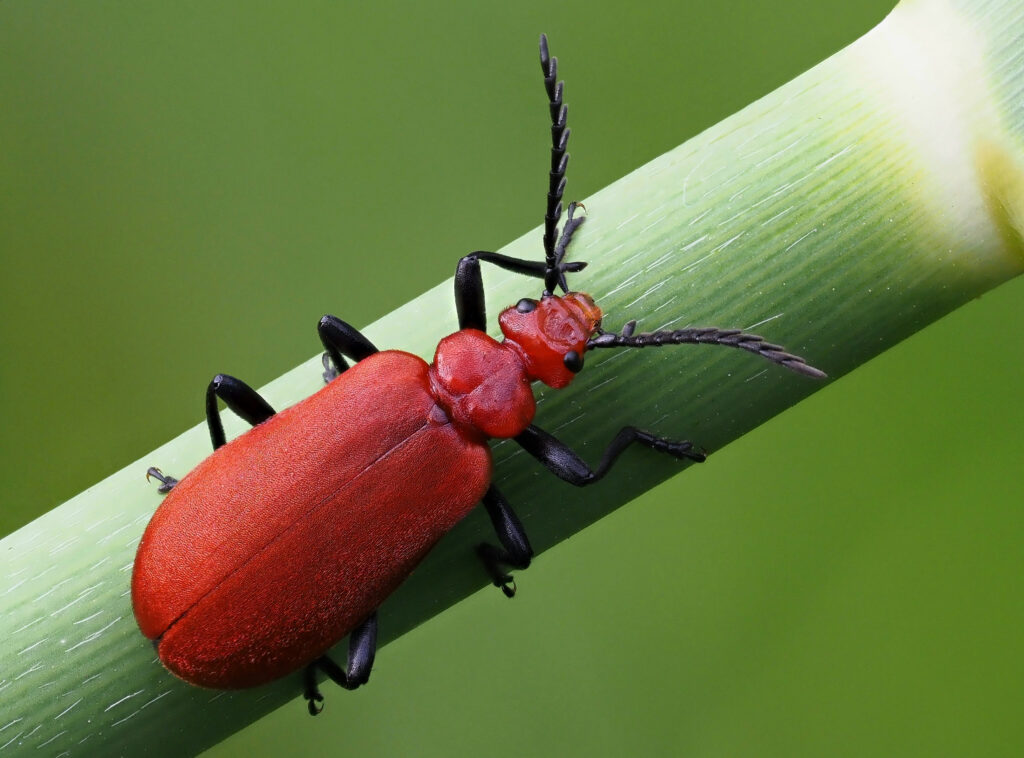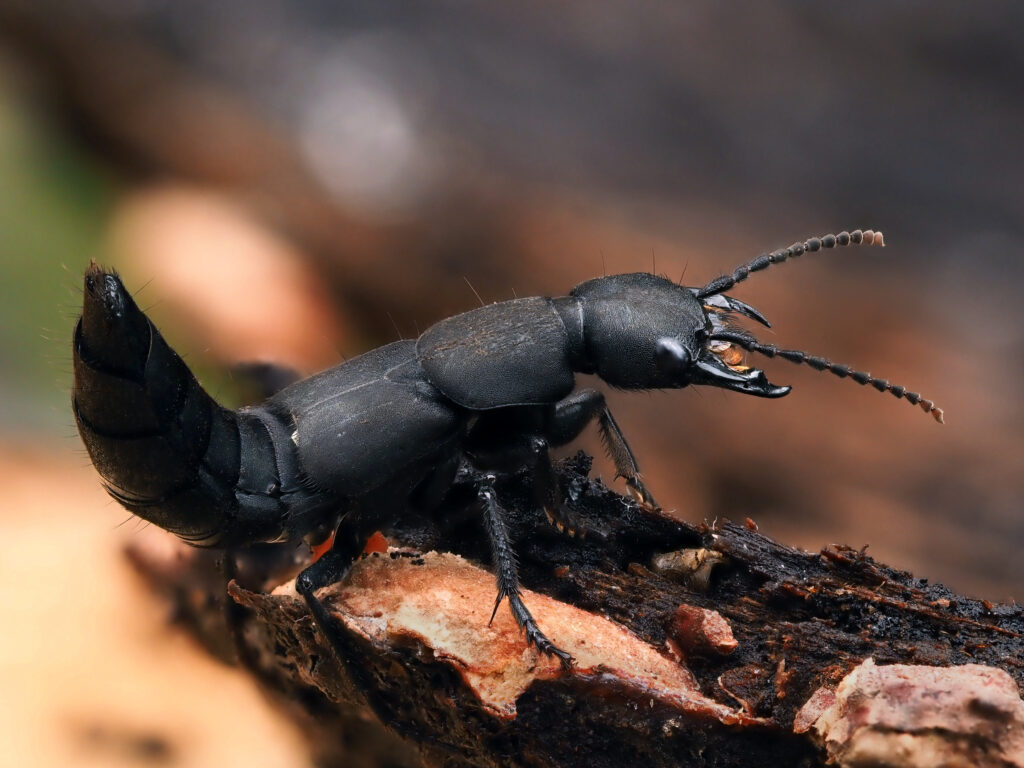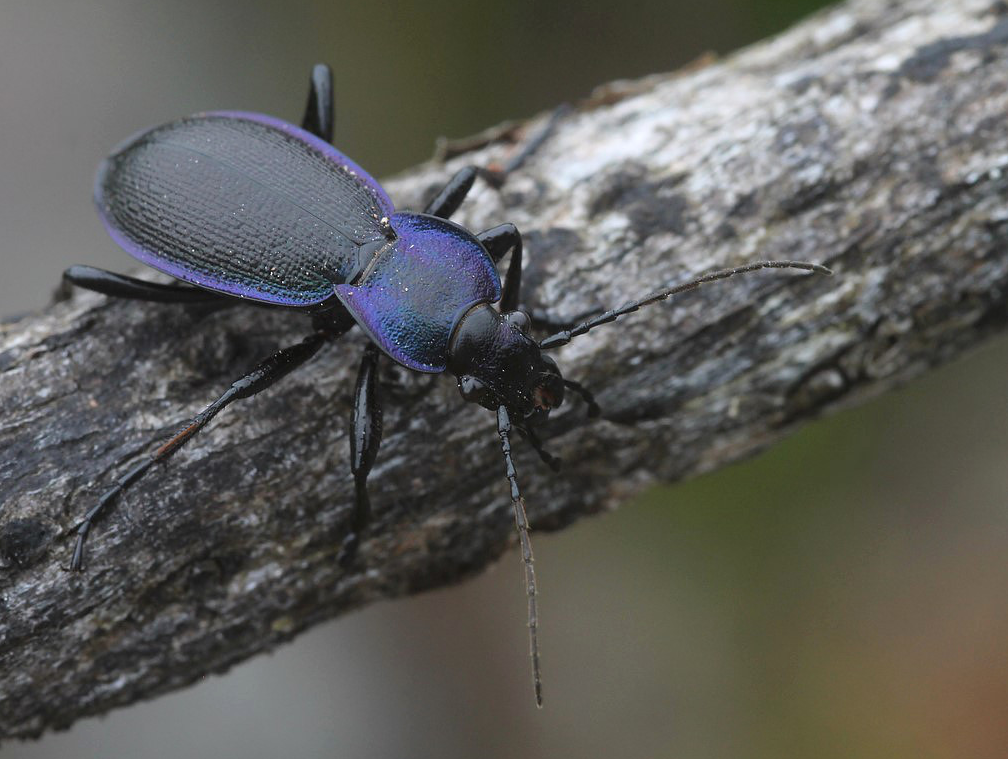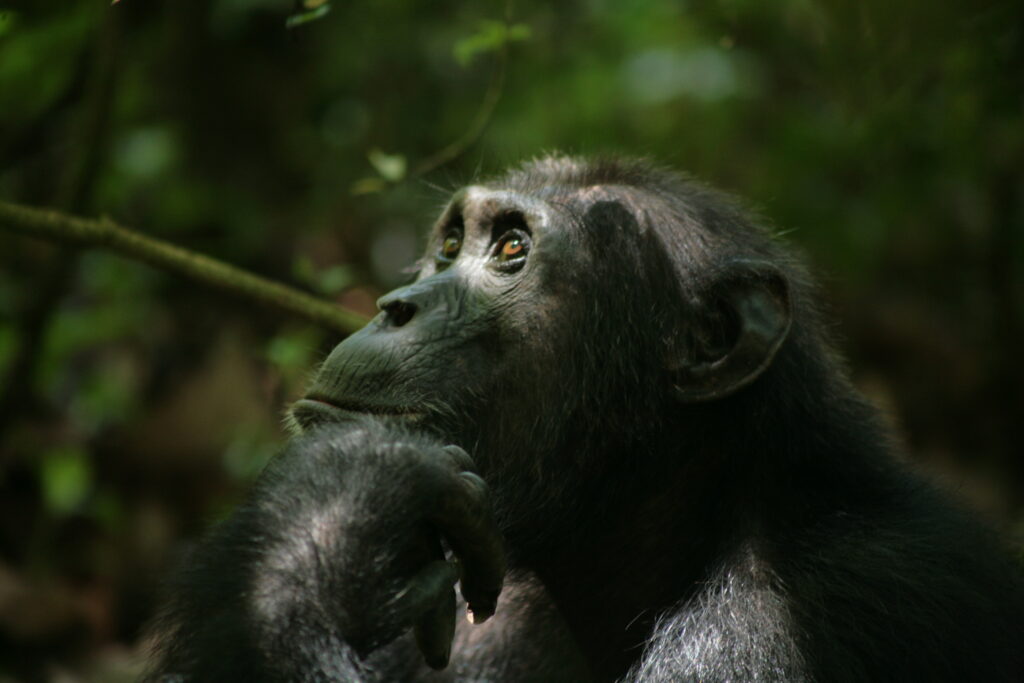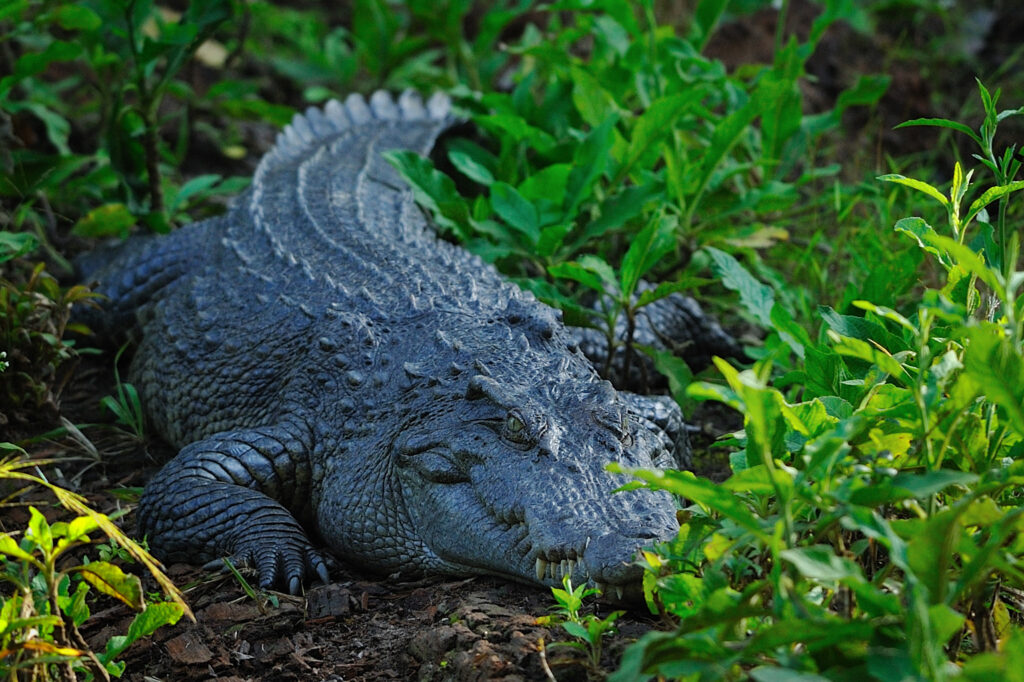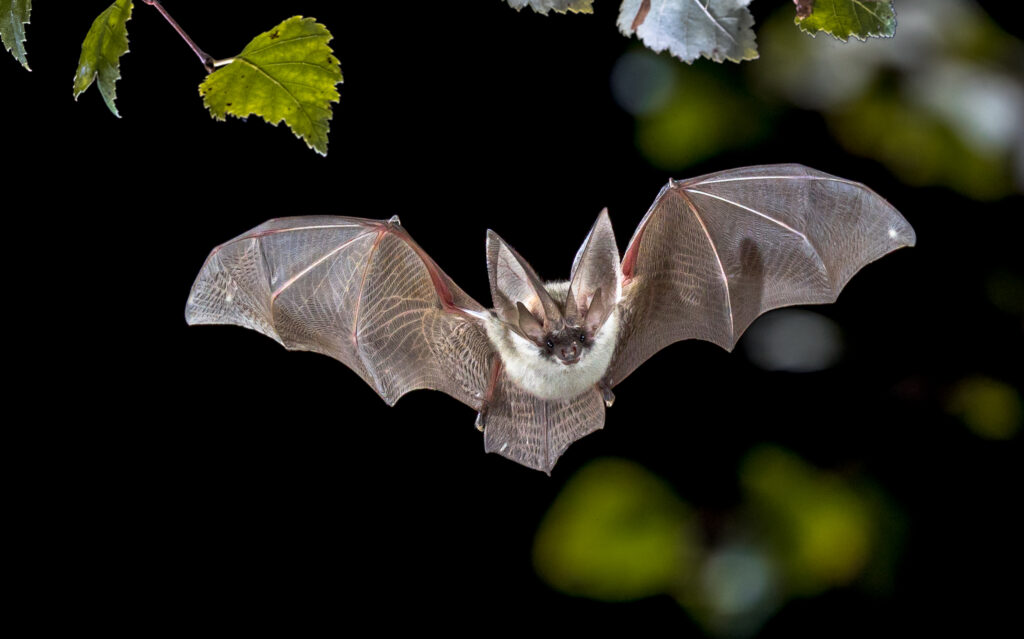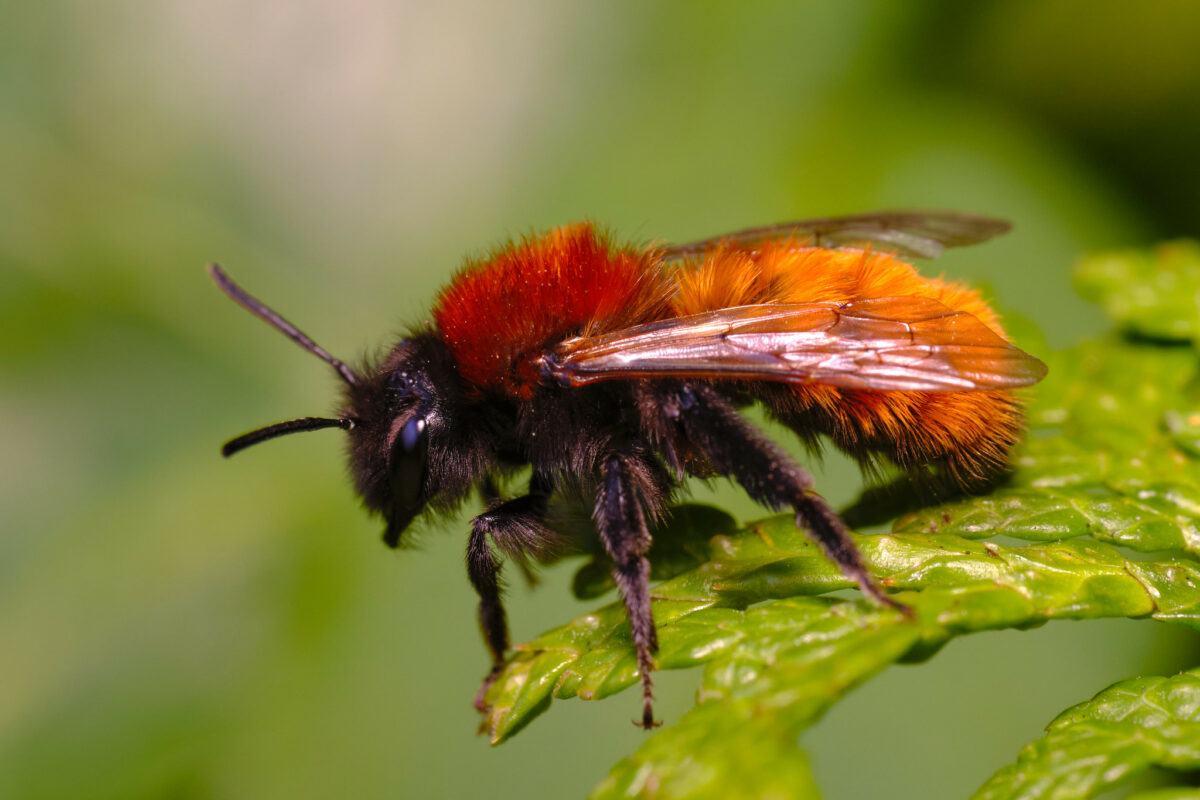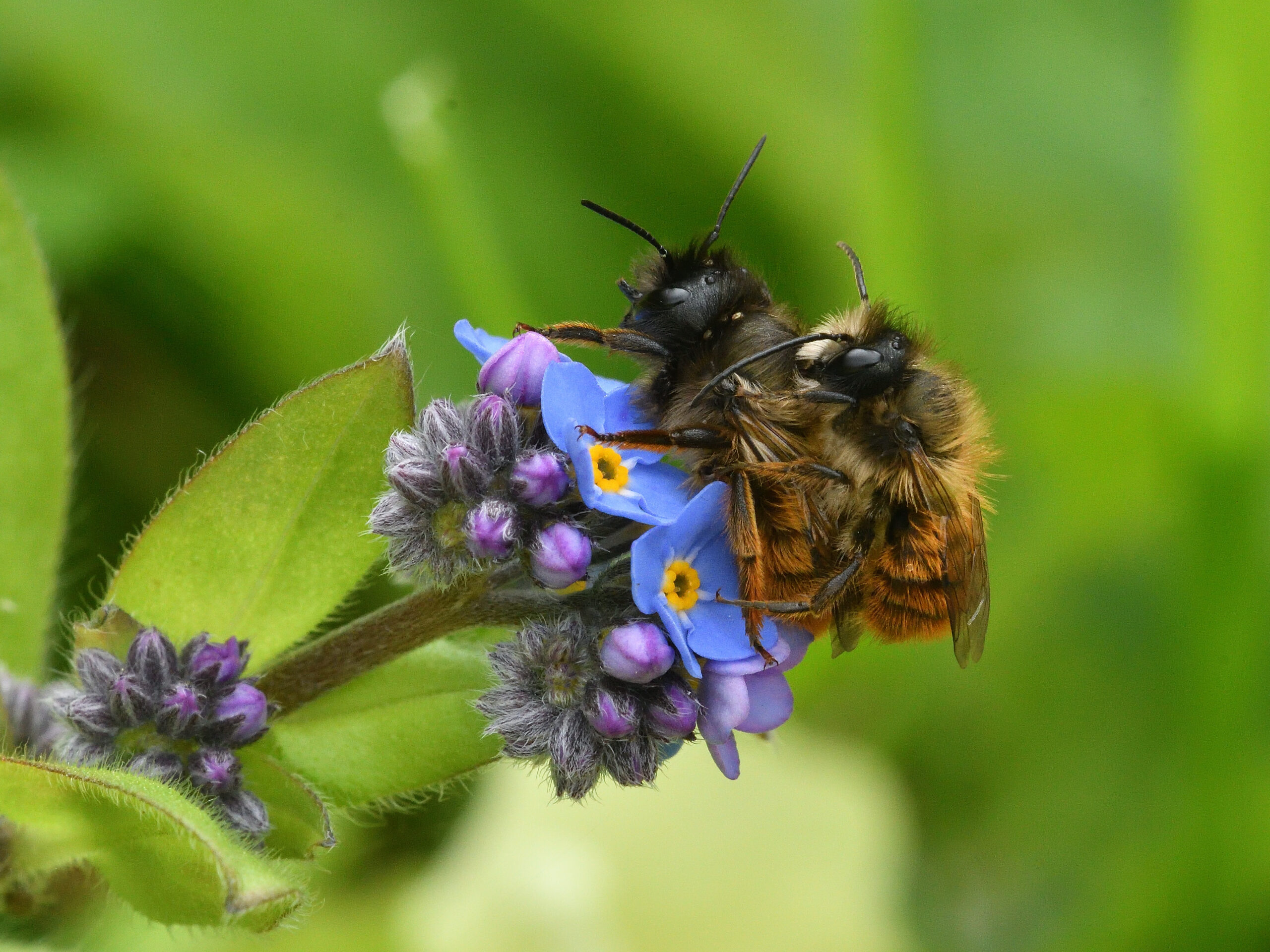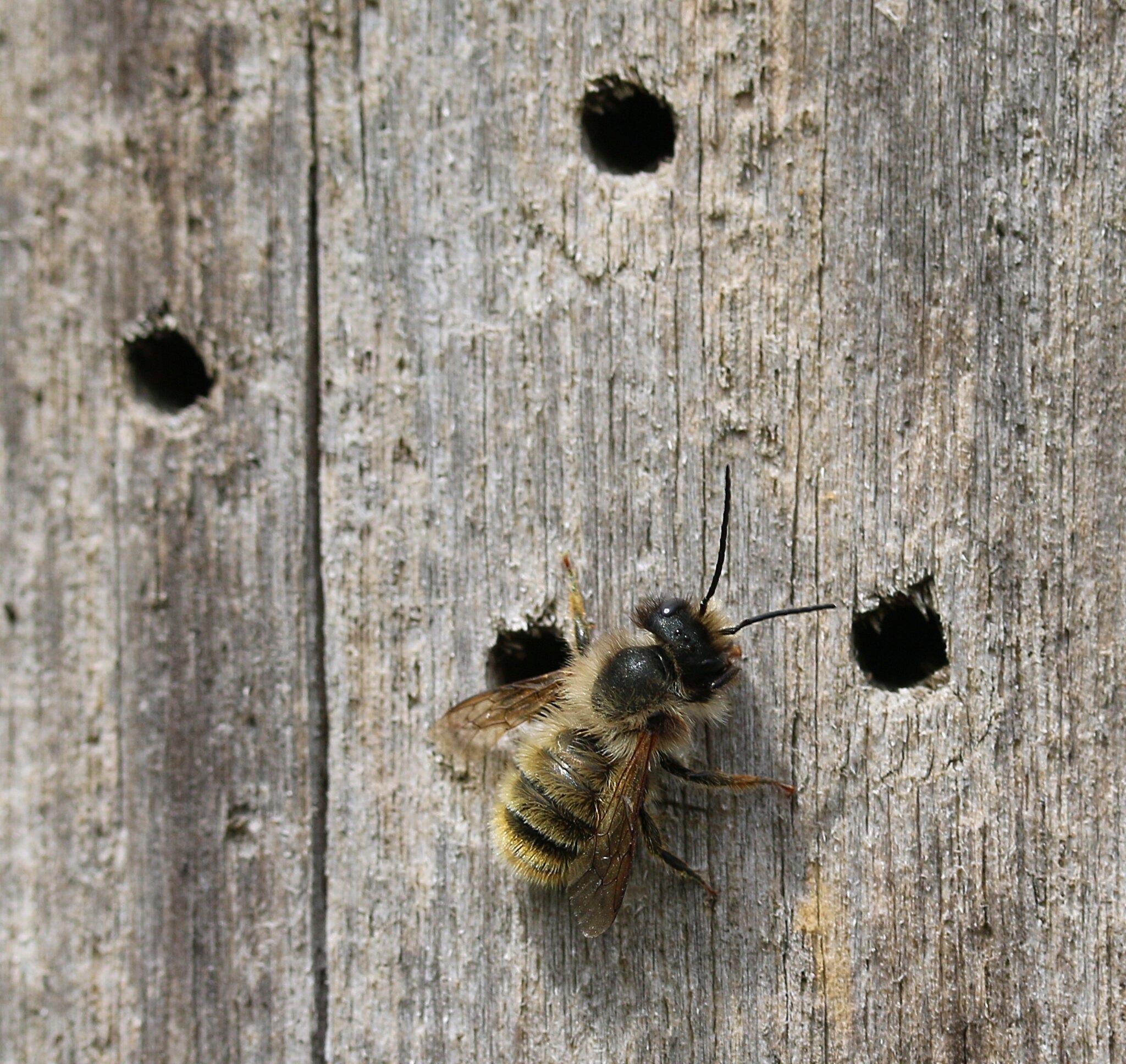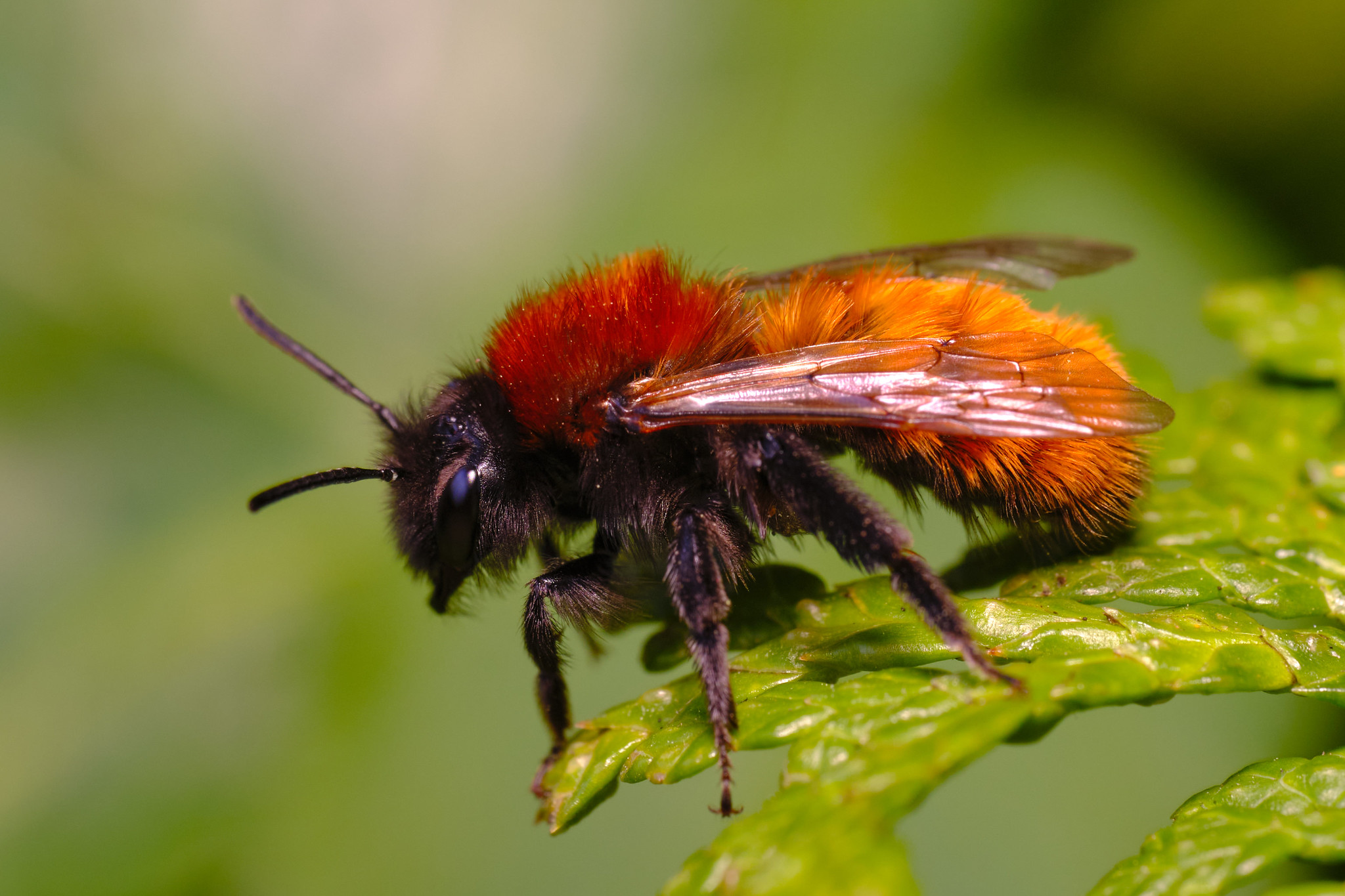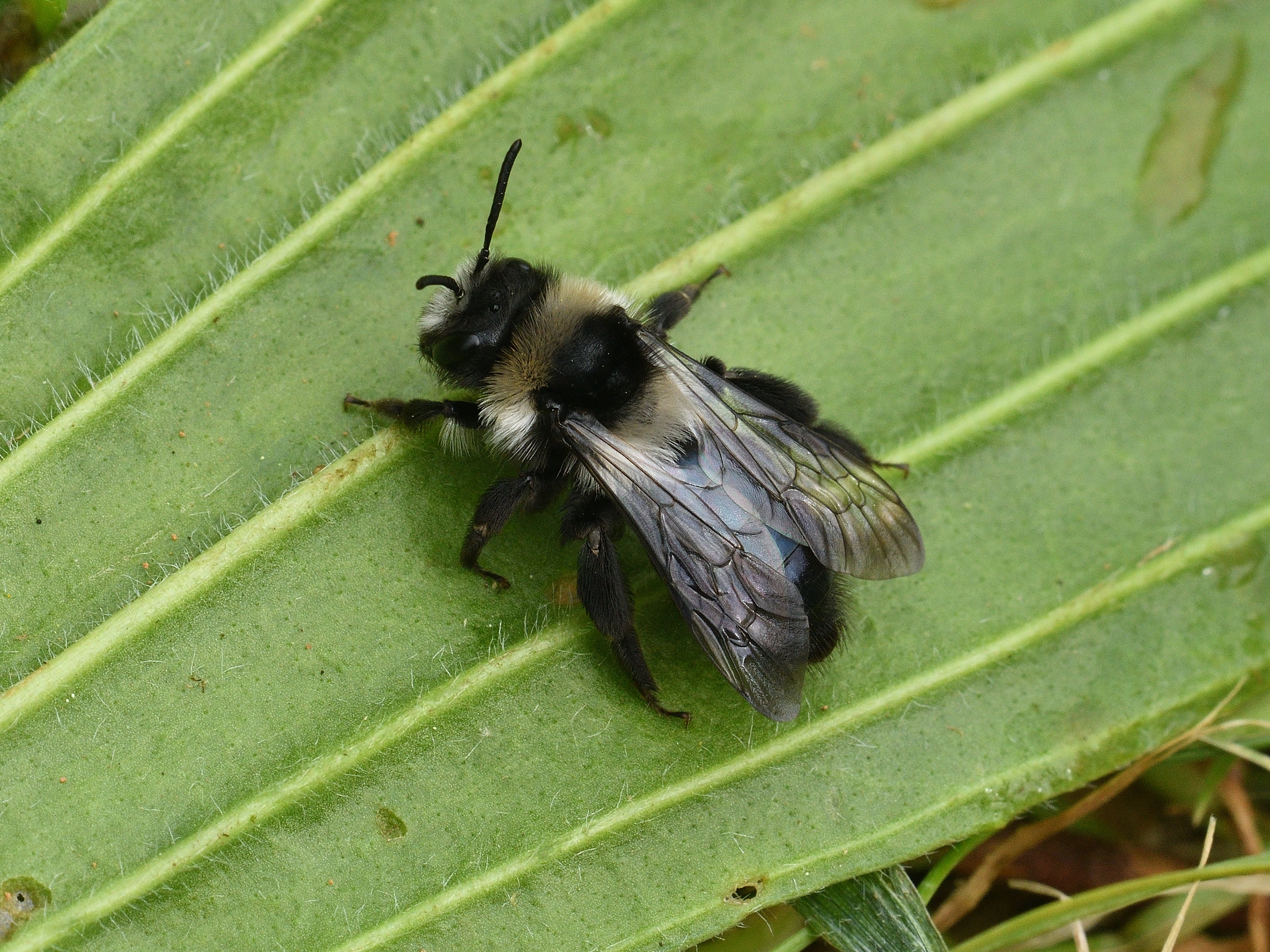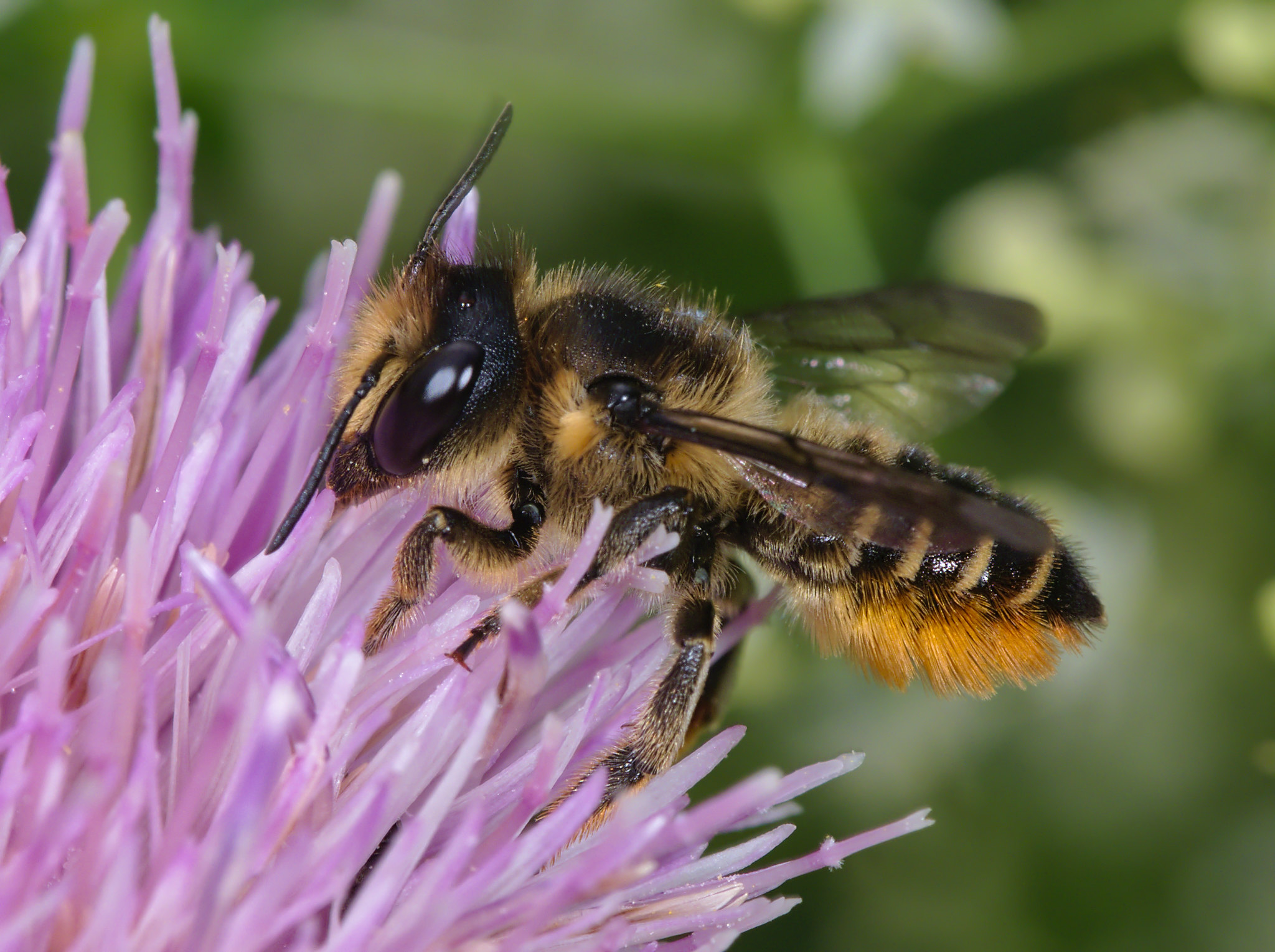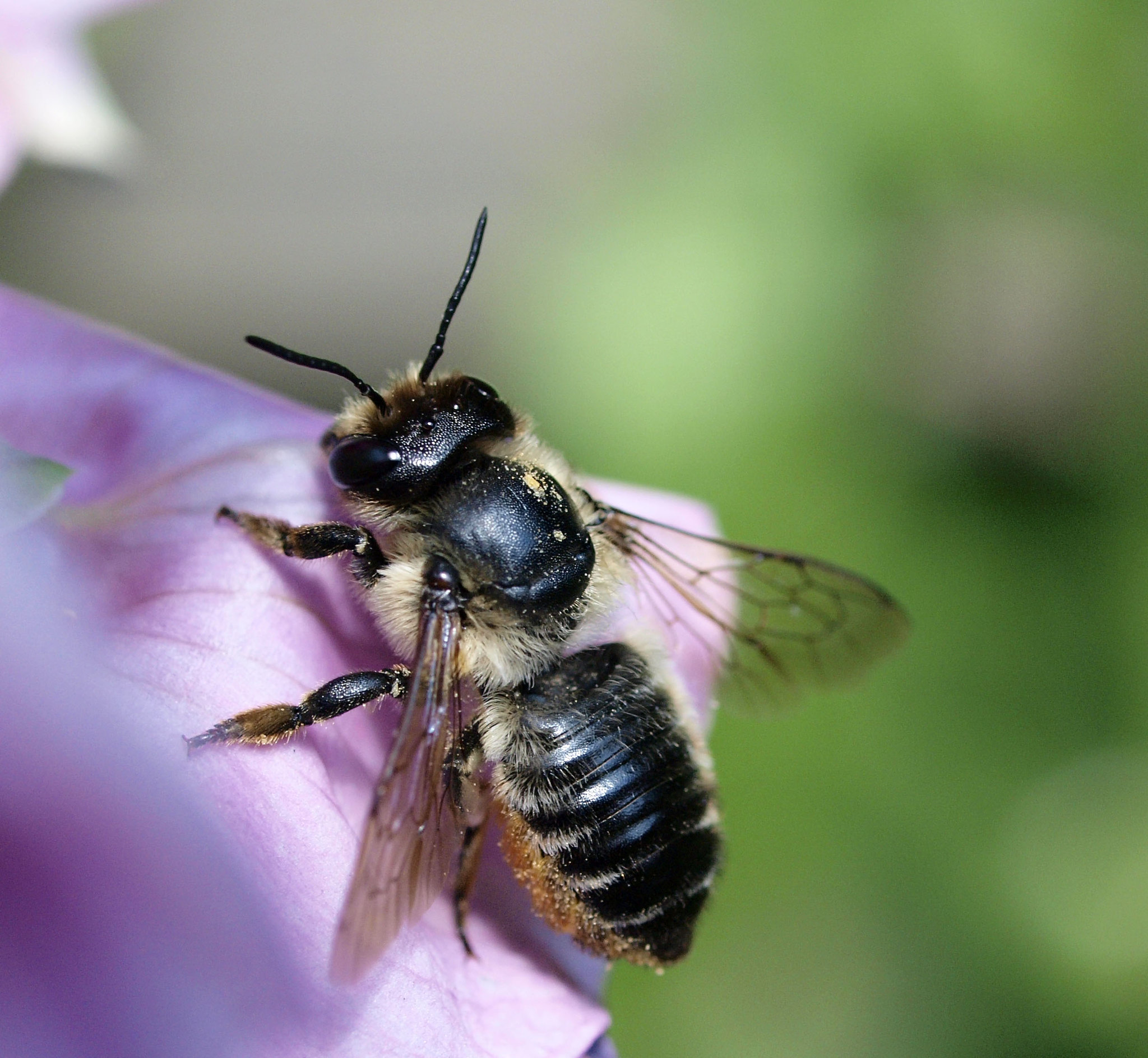Foraging for food is an easy way to connect people of all ages with nature. Some of us may forage unknowingly while picking juicy blackberries in the summer months, and some of us may be unaware of the vast array of edibles around us. Here we have selected a handful of items to forage through spring and summer, highlighting where you can find them and their culinary uses.
It is important to be certain of your identification, so if you are unsure, check all foraged foods with a professional because some plants have toxic look-alikes. Remember to forage responsibly by leaving plenty behind for wildlife and allowing plants to spore or set seed for regeneration.
Wild herbs
Garlic Mustard (Alliaria petiolata)
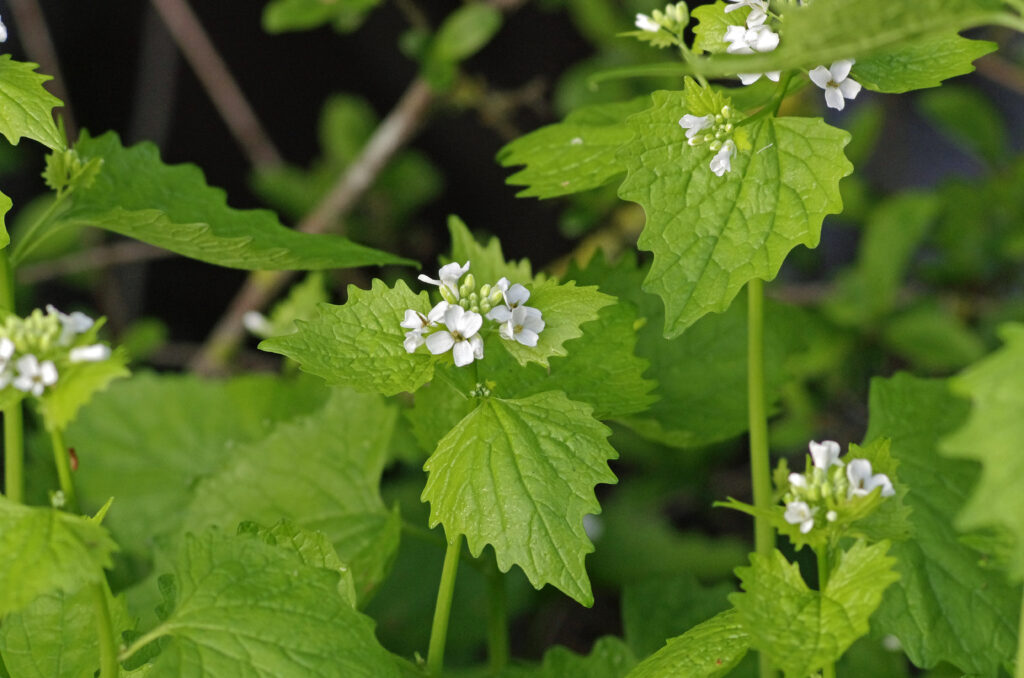
Garlic Mustard, also known as Hedge Mustard or Jack-by-the-hedge, is a hairy herb in the mustard family. This plant has heart-shaped jagged leaves which emit a distinctive garlic odour when crushed, and has small, white flowers with cross-shaped petals. The species can grow up to 1m in height and can be found in woodland, hedgerows, cultivated land and on the borders of agricultural farmland. Each part of this plant is edible, but harvesting is best between March–April and July–September. Garlic mustard is best enjoyed before flower stalks develop, as this can create a bitter taste. The roots of this plant can be used as a substitute for pepper and horseradish and is said to taste like wasabi. The leaves have a garlicky flavour, and can be used as a replacement for traditional, store-bought garlic.
Wild Garlic (Allium ursinum)
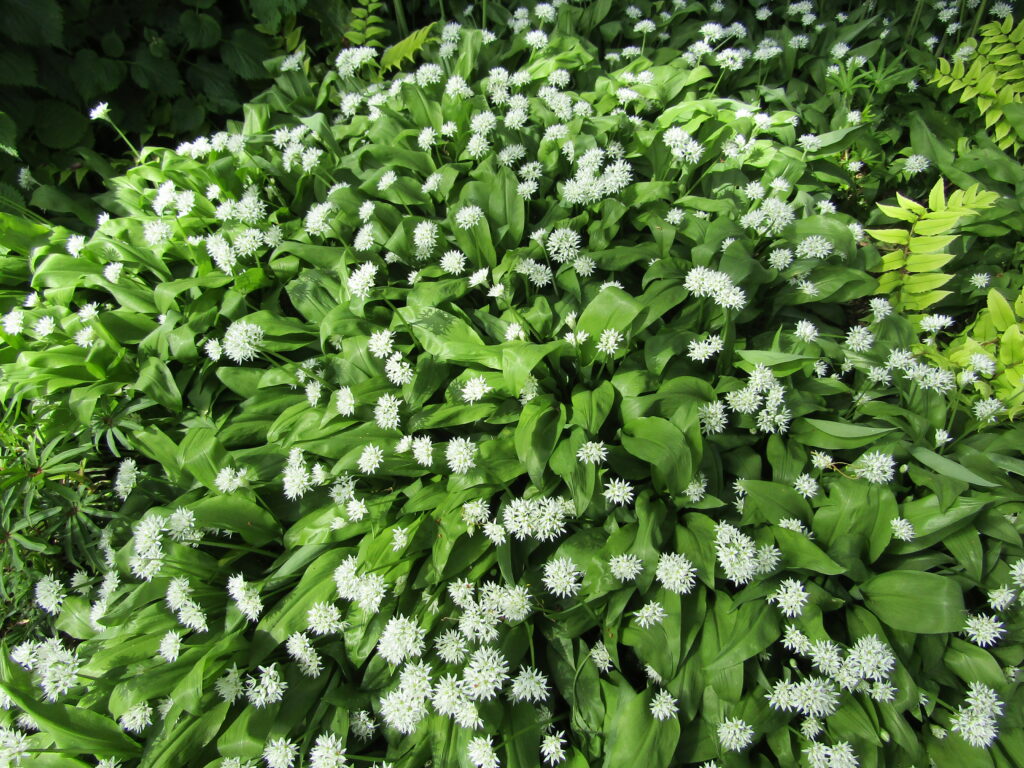
Wild Garlic (also called ramsons, bear garlic or broad-leaved garlic) is easily identified by its distinctive fragrance. When walking through areas of Wild Garlic, which are often found in large groups, you may catch a whiff of their characteristic garlic smell in the air. These areas are typically damp, shady woodland and can often be found with bluebells close by, as the pair have similar growing conditions. This plant can be seen from late winter till the end of spring, with flowers appearing in April/May. It has distinctive white, star-shaped flowers that grow in clusters. Their leaves are elongated, and when crushed release a pungent smell.
With a milder taste than shop-bought garlic, this plant is suitable for use in pastas, pesto’s and soups and can be infused into oils and vinegars. Only the flowers and leaves are edible, so it is best to leave the root to allow for regrowth – it is also worth noting that younger leaves are better for cooking, as older leaves can create bitter flavours. This plant can be confused with the poisonous Lily-of-the-valley, so it is best to smell the leaves before consuming them – alternatives will not have a distinctive garlic smell.
Wildflowers
Elderflower (Sambucus nigra)
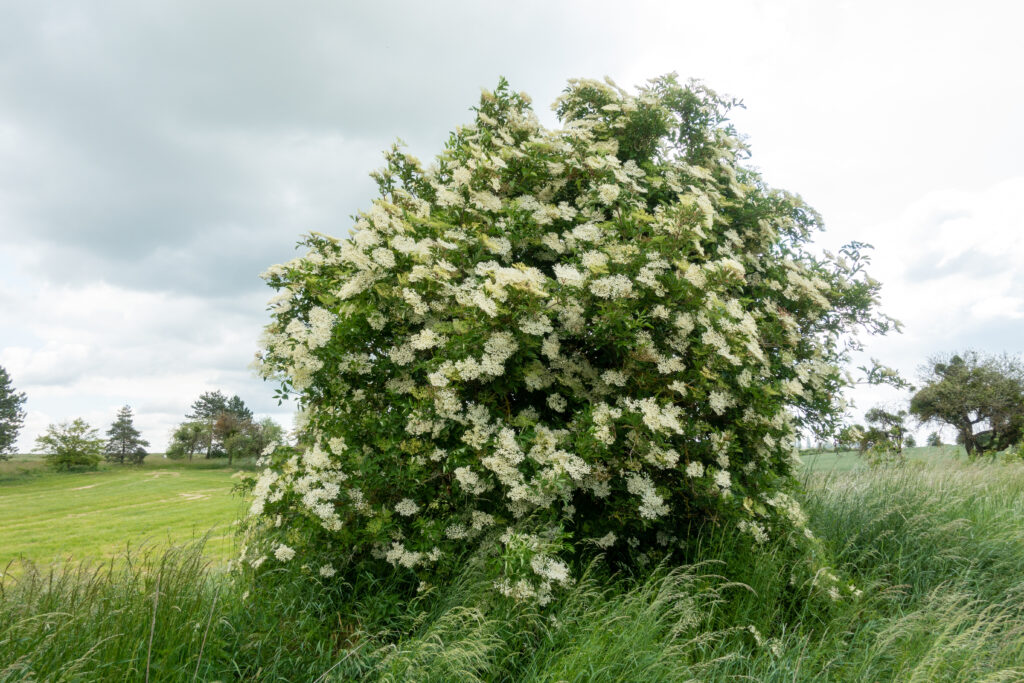
The Black Elder tree, a deciduous species, can grow to six metres in height and is identified by toothed, oval leaves. Each compound leaf has up to seven leaflets, arranged in opposite pairs with a single leaflet at the top. The flowers of this tree, elderflowers, bloom between May and June. Clusters of white, five-petalled flowers appear with prominent yellow stamens, and umbels of dark berries form in late August. Elderflowers can be found growing in a variety of conditions, and are largely non-selective with their environment, which can include hedgerows, woodland, scrubland, grassland and urban green spaces. Elderflowers have a long tradition of culinary use in the UK, using both berries and flowers for different purposes. Preserves, cordials, gins and puddings are all common uses of elderflower. The flowers can be eaten raw, but berries must be cooked before use. Elderflowers have a sweet and zesty taste and an aroma which is slightly lemony.
Dandelion (Taraxacum officinale)
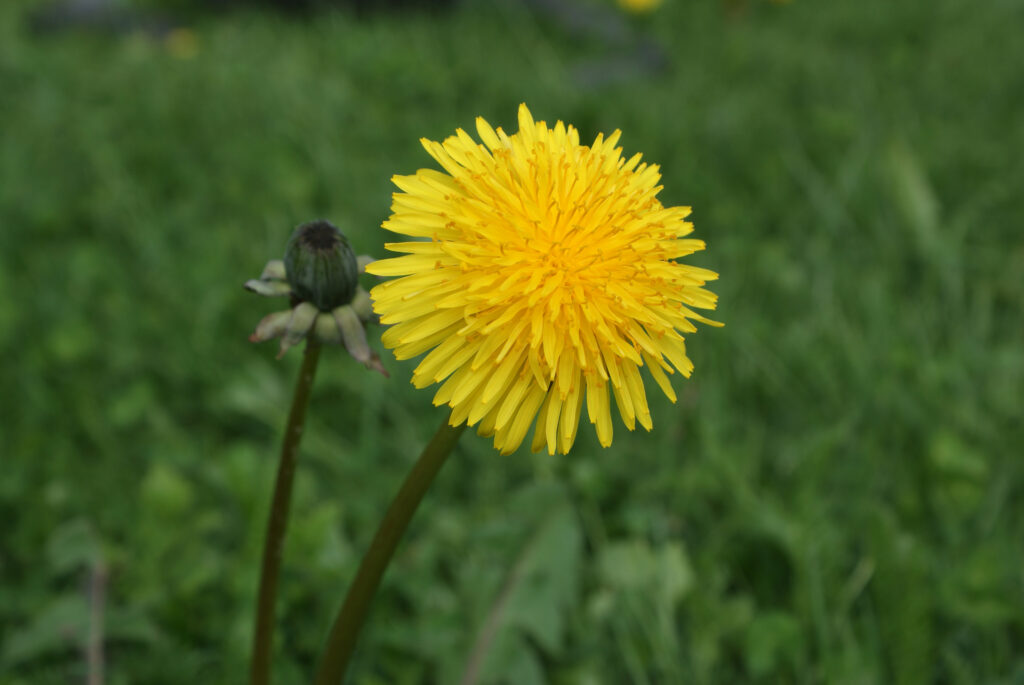
Although there are around 250 species of dandelion, here we refer to them collectively as they are difficult to distinguish from one another.
An instantly recognisable British wildflower, the dandelion features a bright yellow composite flower crown on a bed of large, jagged leaves. These species are very common and widespread, popping up almost everywhere from parks and gardens to roadsides and meadows. The roots, leaves, flowers and buds of the dandelion can be used for food and can be harvested from early spring to late autumn. The roots can be used as a coffee substitute and are famously used in the Dandelion-and-Burdock drink. Leaves can be added to salads and the dandelion flowers are often used in cakes. You can also make beer from the entire plant.
Fruit and berries
Wild Strawberry (Fragaria vesca)
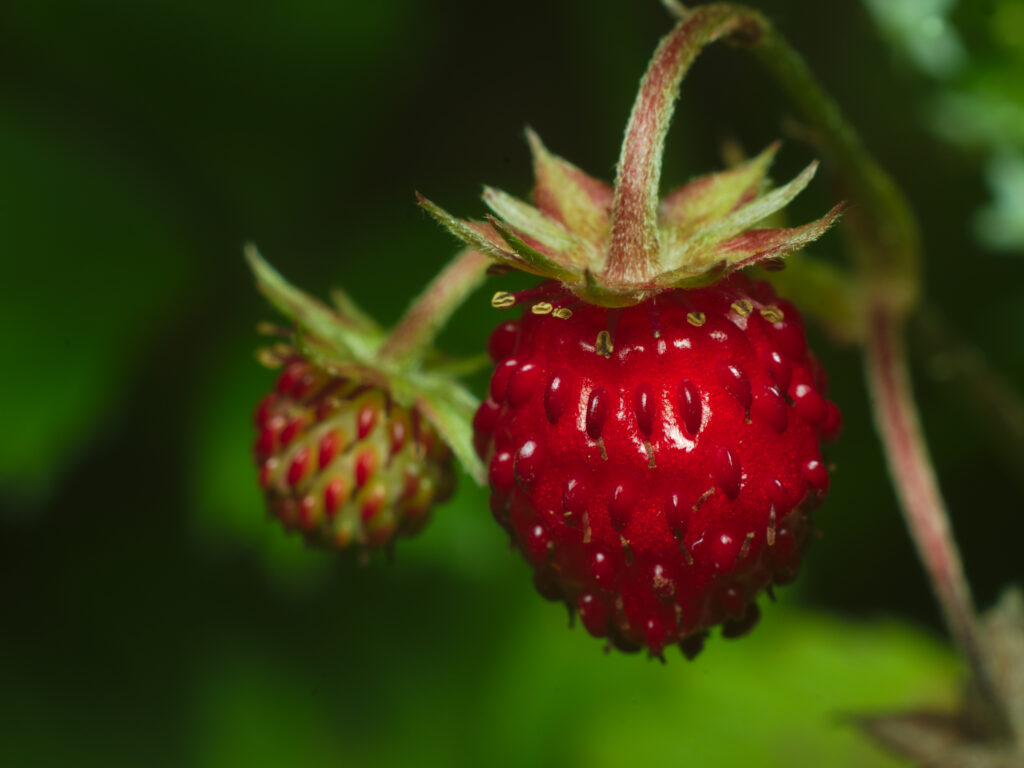
A hairy, perennial herb in the rose family, the Wild Strawberry can be found from May to August. The species is indiscriminate of their growing environment and can be found in a wide range of areas – it is found naturally growing in woodlands, hillsides, meadows, hedgerows and urban green spaces. Wild Strawberries can be identified by serrated, trifoliate (three leaflets) leaves and white, five-petalled flowers with a yellow centre. The berries of a Wild Strawberry appear similar to that of commercial strawberries but are generally smaller and rougher. These edible berries can be foraged from June onwards to make teas, cordials and puddings or can be infused into vinegars and sauces. With a sweet and juicy taste, these fruits can also be used as garnishes or used in salads.
Bramble (Rubus fruticosus)
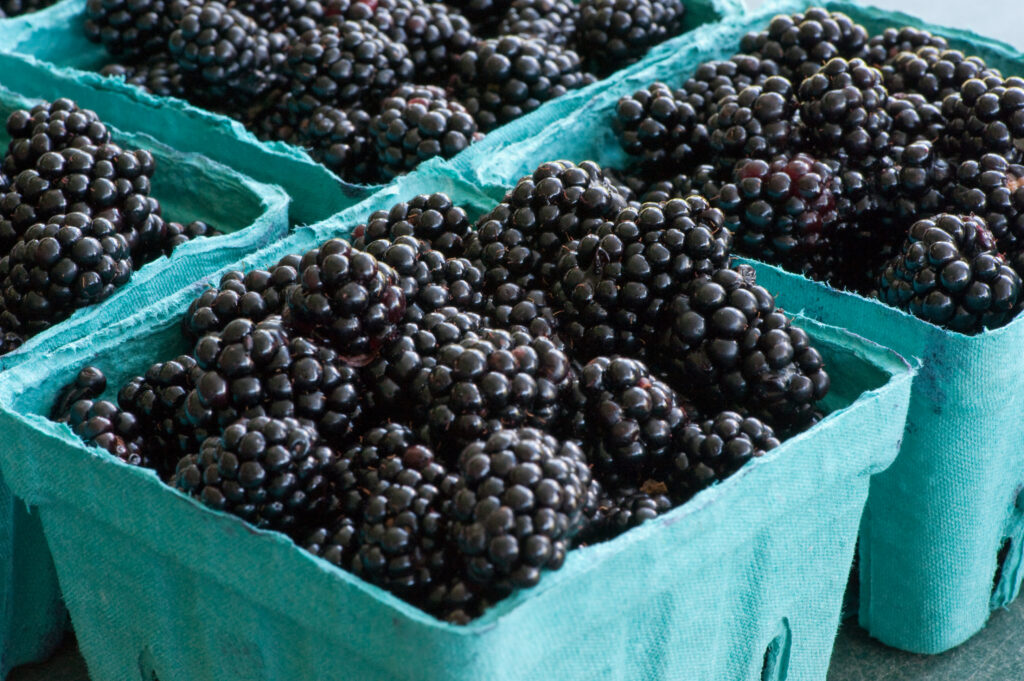
A sure sign that summer has arrived, the Bramble is an iconic British summertime plant. This perennial shrub can be found up to 3m in height, featuring thorny stems which turn red with age and dark, jagged leaves. Come spring, a Bramble bush will have small groups of white or pale pink flowers with five petals. The fruit of this plant will appear up until autumn, with distinctive black, shiny berries. Ripening from green to purple-black, blackberries have a sweet, tart flavour. They are widespread in the UK and can be found in many habitats including woodland, hedges, fields and urban spaces. It is advised to pick blackberries away from busy roadways and paths to avoid pollutants and other contaminants. Picking from the upper half of the bush is also advised to avoid dog mess. The blackberry is a versatile fruit, with diverse culinary uses. It is commonly used to make jams, jellies and preserves but can also be used to make cordials and fruity teas.
Mushrooms
Chicken of the Woods (Laetiporus sulphureus)
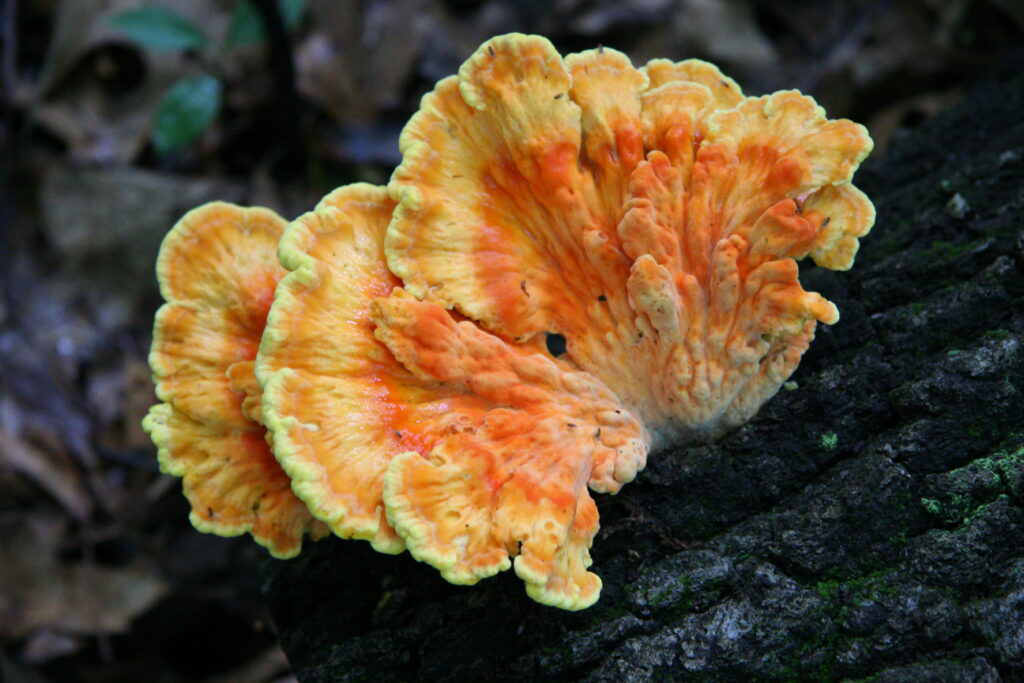
Laetiporus sulphureus, named Chicken of the Woods, is a thick bracket fungus common in the UK. This fungus has bright yellow-orange clusters that fade to cream with age. The average cap can grow to around 45cm in width and is often found growing on the side of trees in broadleaf habitat between June and November. It is mainly found on oak trees, but can also be found on Yews, cherries, Sweet Chestnut and willow. It should be noted that if the fungus is found growing on Yews, or other poisonous trees, the fungus can cause sickness in humans. The firm texture of this fungus makes it a favorable alternative to chicken in vegetarian dishes, as the name suggests. It is often substituted in stews, stir fries, and marinated on skewers. When foraging, it is best to eat younger specimens to avoid a hard, leathery texture associated with older fungi.
Giant Puffball (Calvatia gigantea)
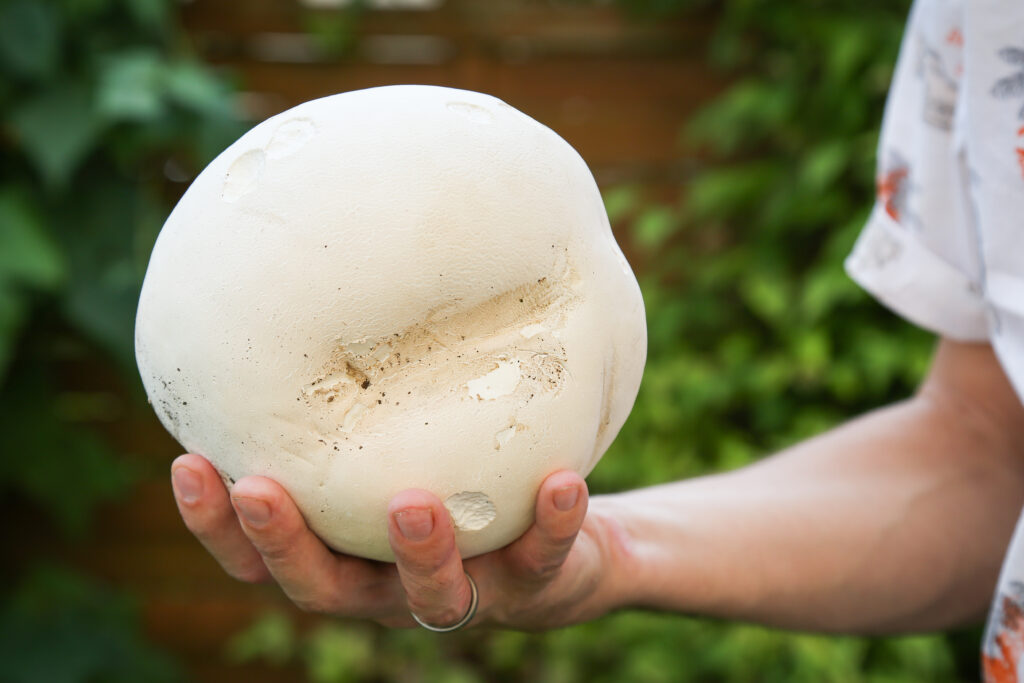
Giant Puffballs are an astonishing sight when found in the wild. Their distinctive white, spherical silhouette can reach up to 90cm in diameter. This fungus has a soft, spongy texture inside, and a thick, velvety texture on the surface. A stemless variety, this plant is found directly on the ground and is often found in small clusters or ‘fairy rings’. As the fungus ages, it becomes browner in colour, compared to the firm, white flesh of young specimens. Giant Puffballs can be found in meadows, open pasture and woodland from July to September. They are widespread in the UK but are localised in habitat. This fungus is popular with vegetarian dishes – its firm, thick texture makes it a great substitute for chicken. It is often pan fried like steak, roasted or breaded and fried.
Additional Reading
Unbound | January 2016
An essential fold-out guide to the 25 most common and tasty plants to forage in Britain and Ireland.
Paperback | December 2016
A unique cookbook containing 65 wild food recipes with detailed identification guides to 15 common edible plants.
Paperback | May 2021
A waterproof practical pocket guide to 194 edible fruits, nuts, flowers, vegetables and more that can be foraged in the UK and Europe.

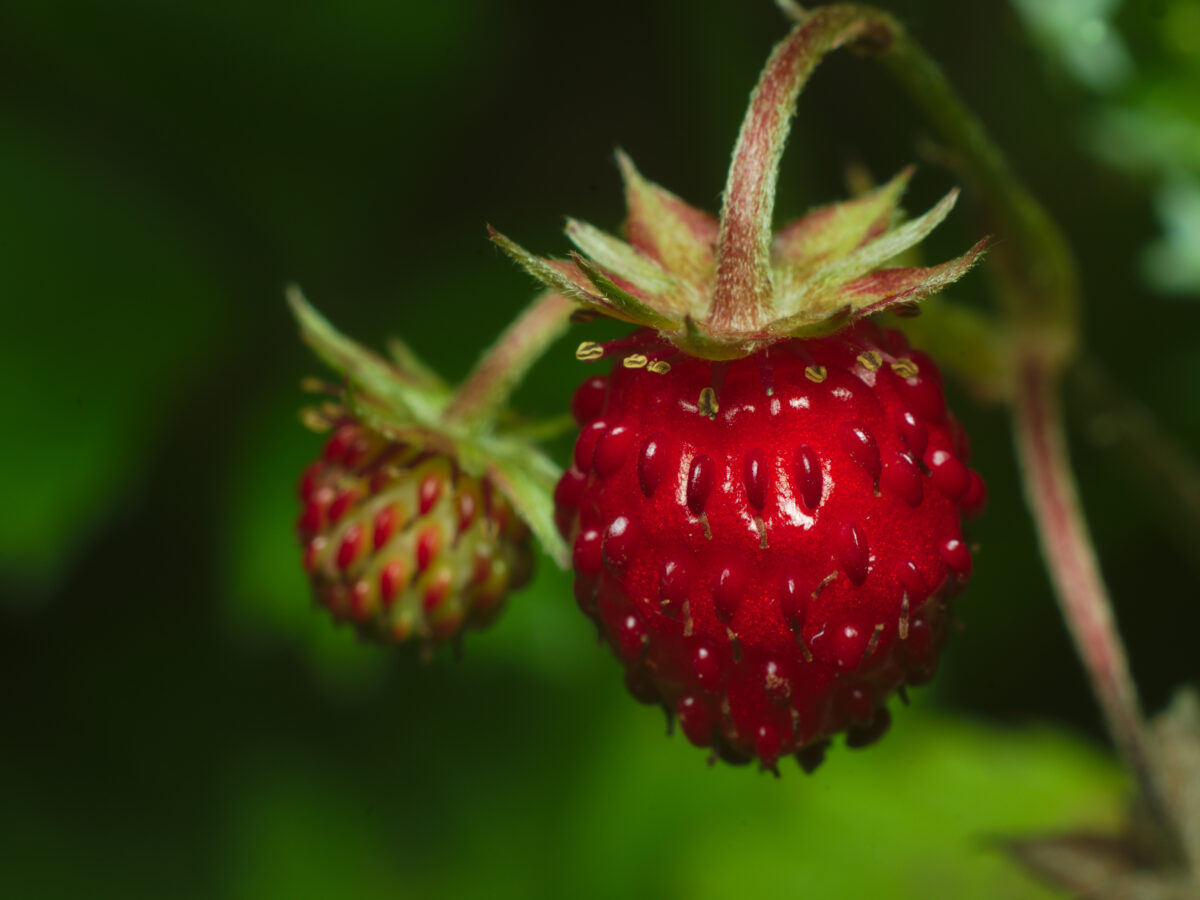
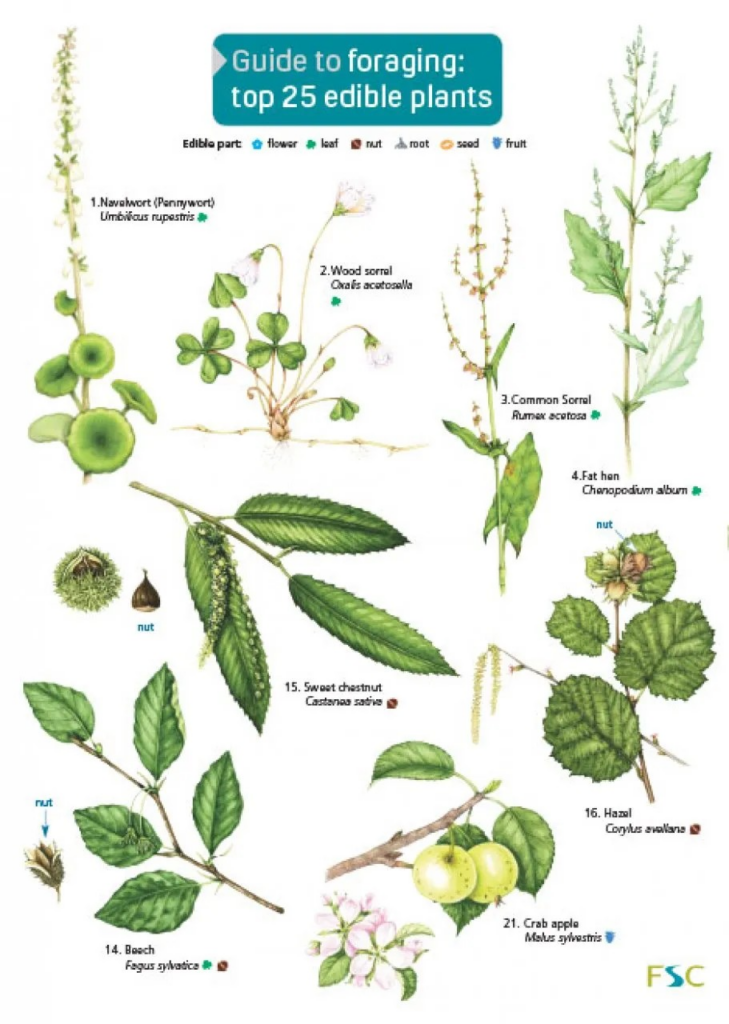
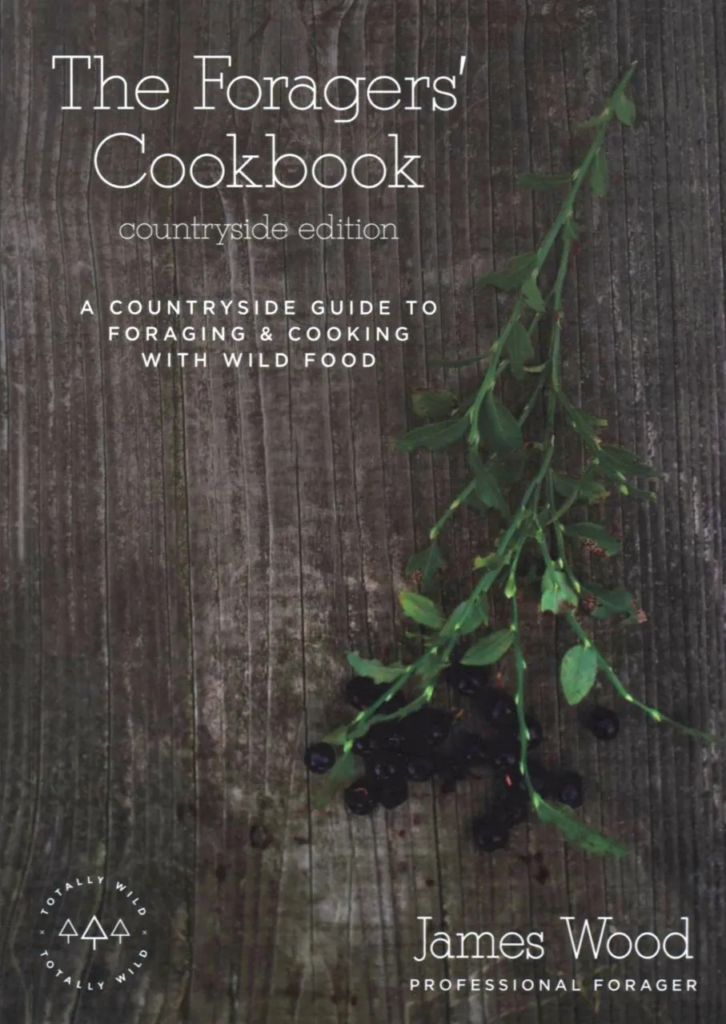
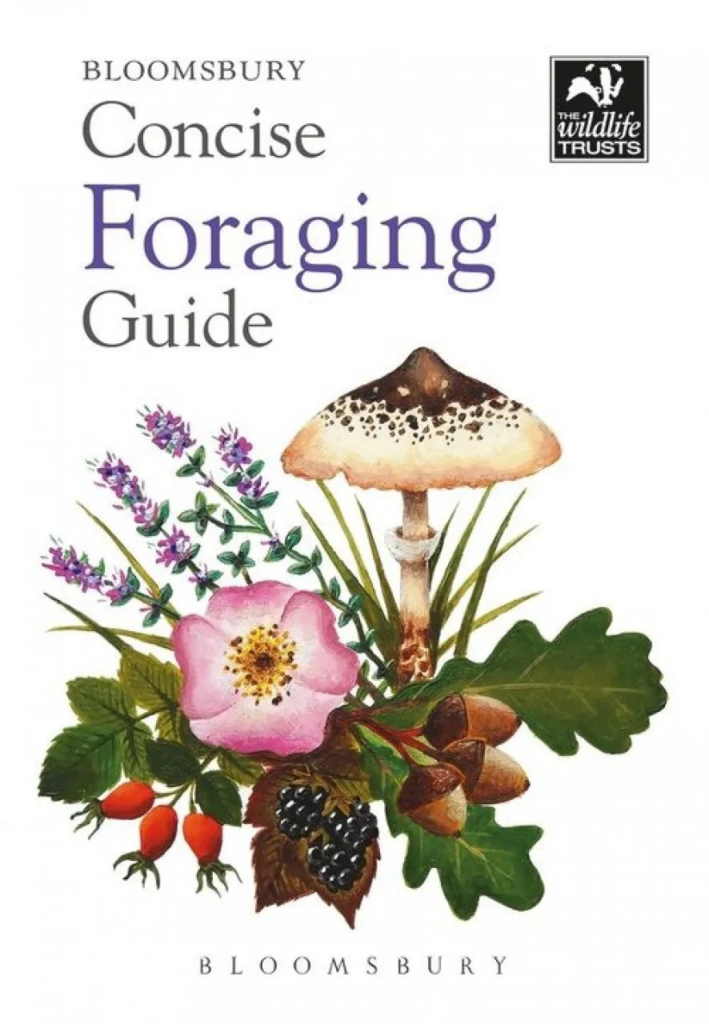
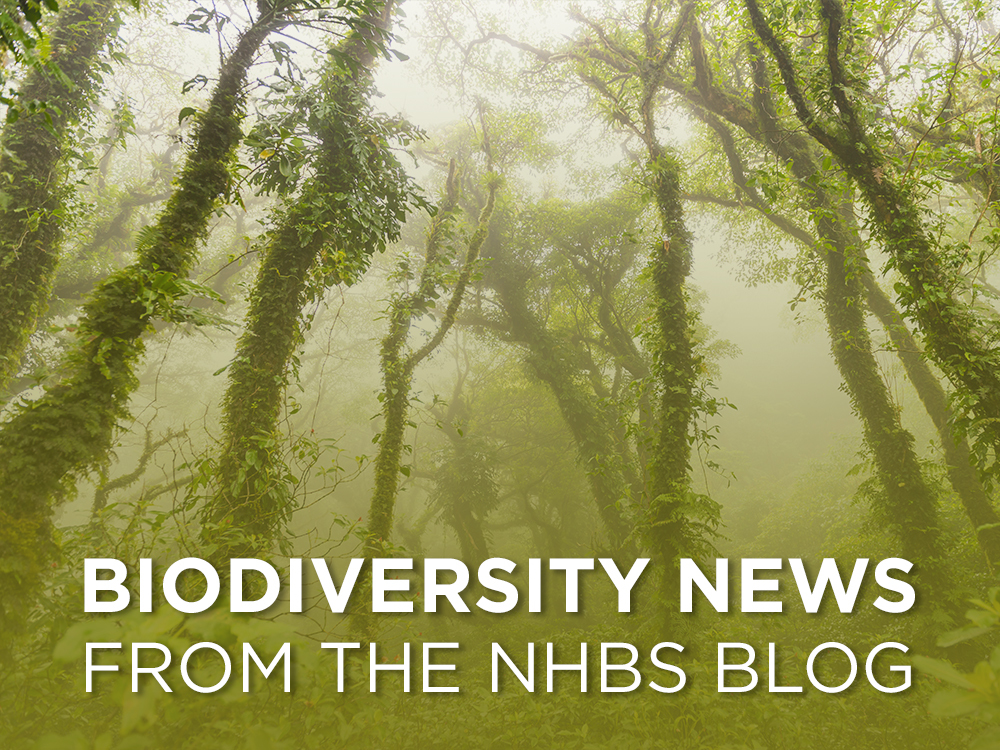
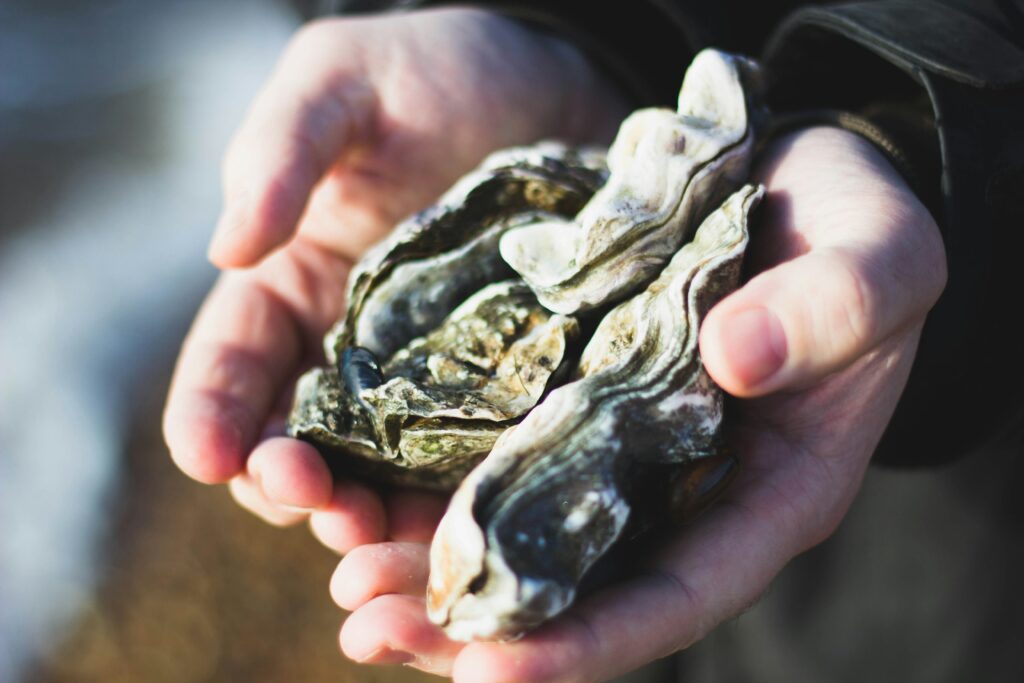
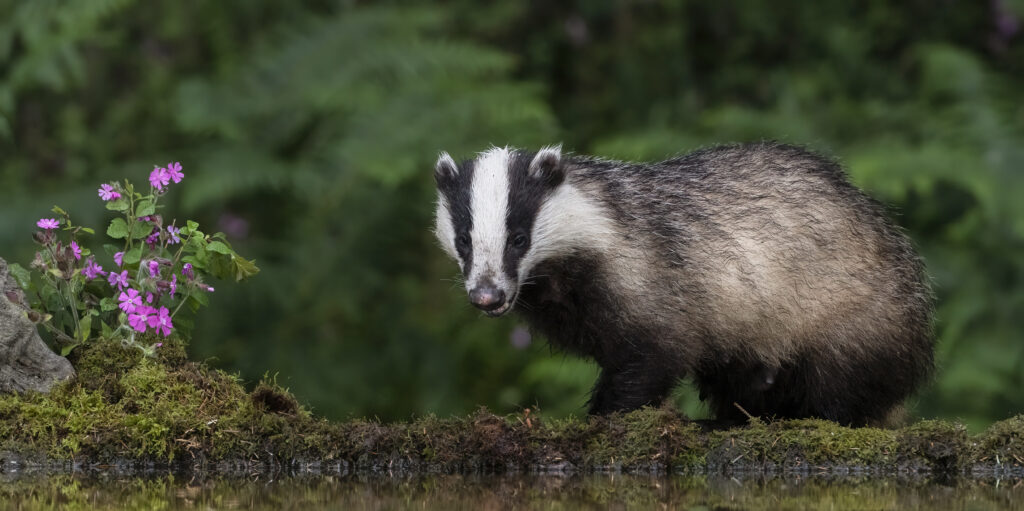
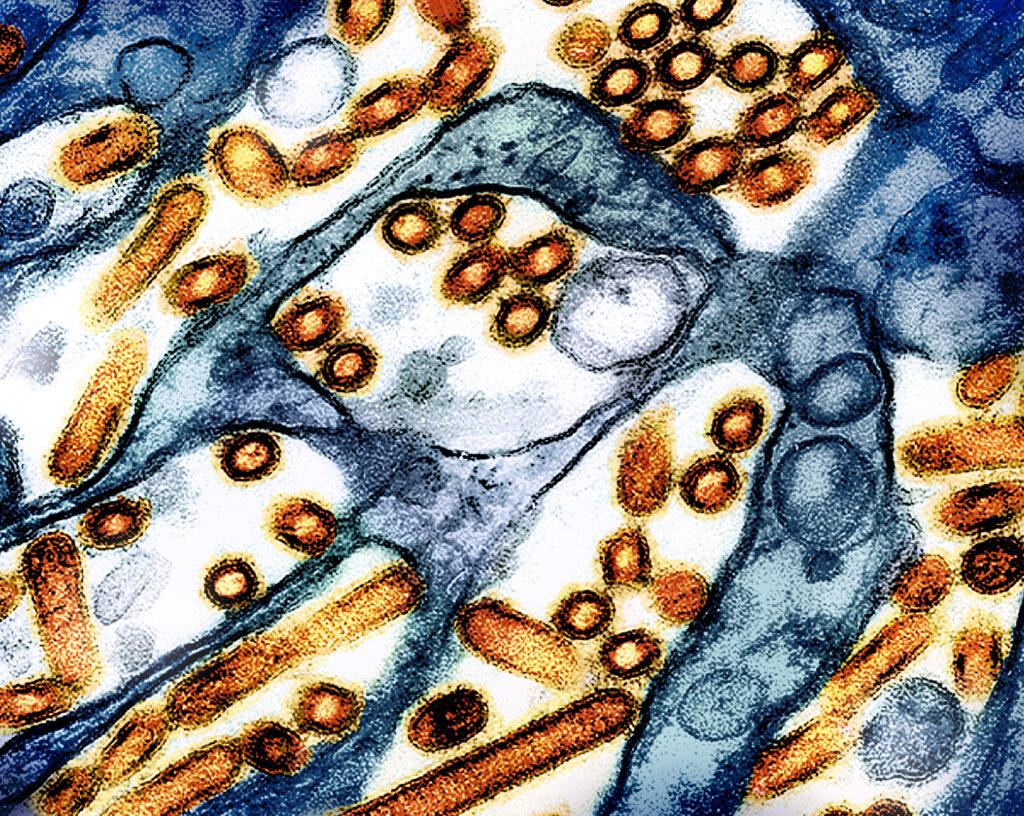
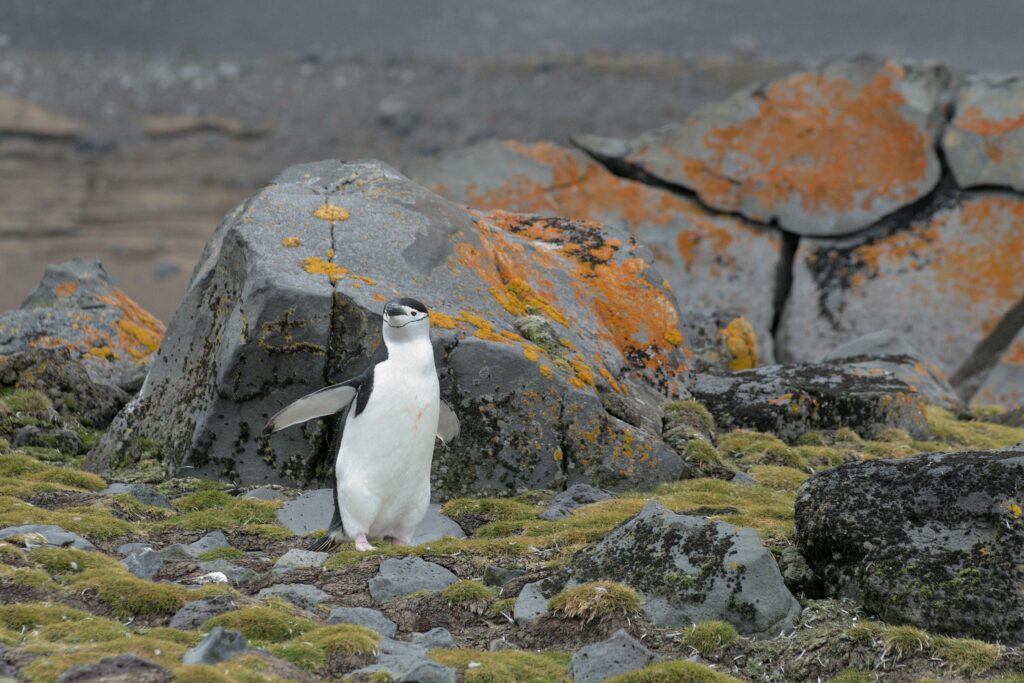
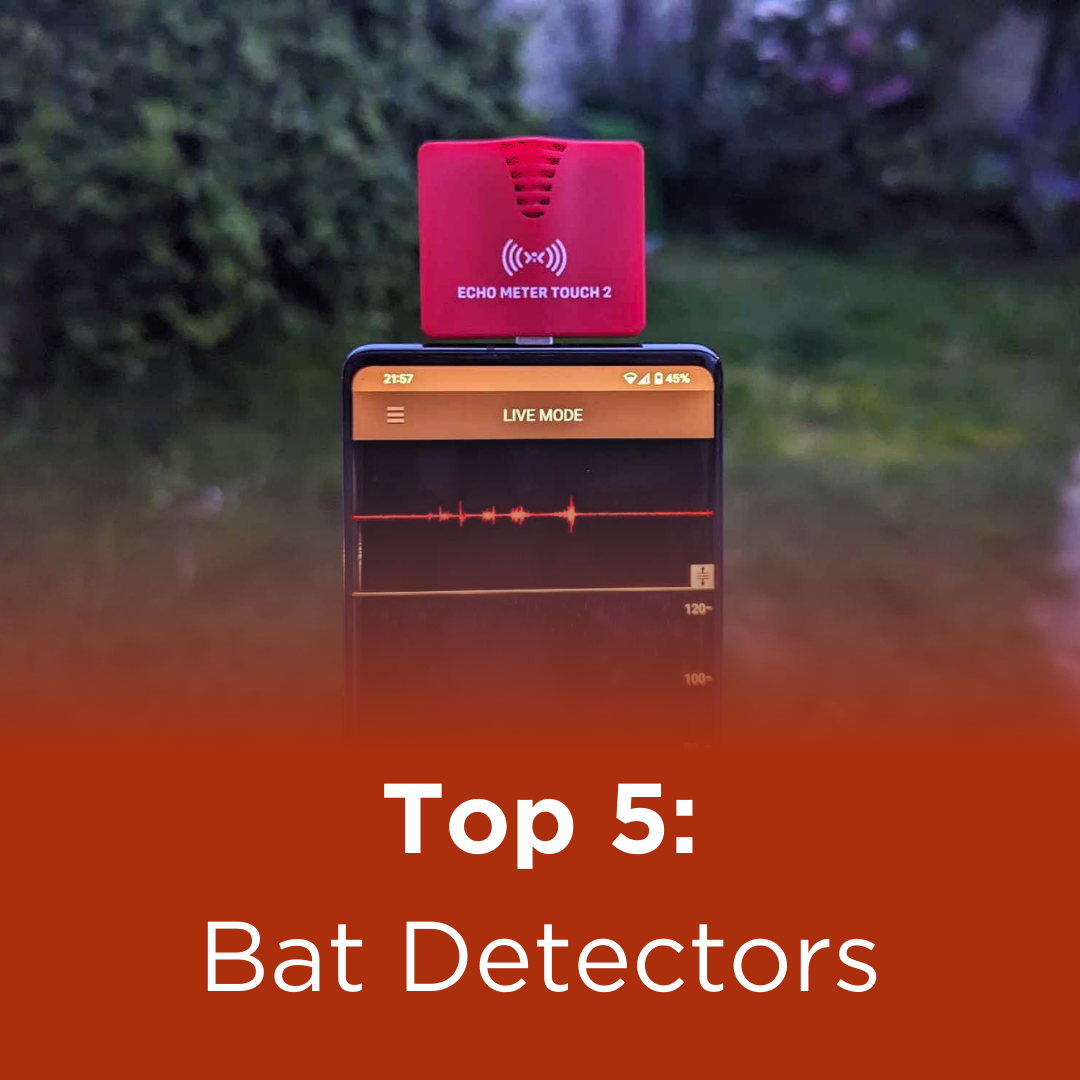



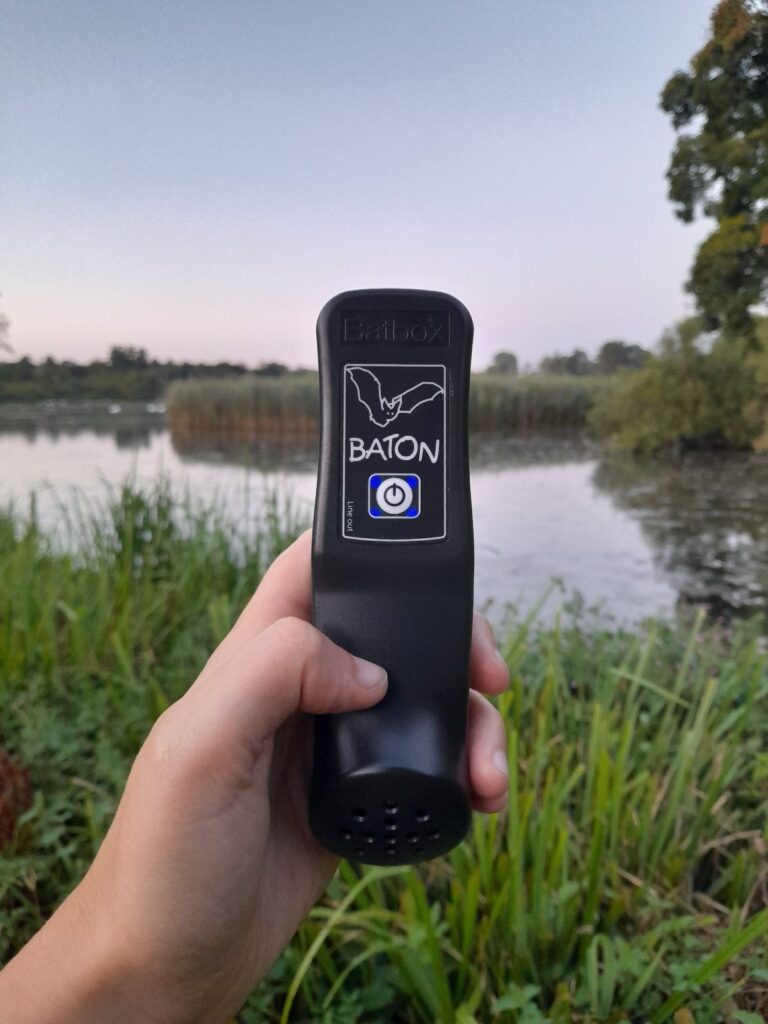
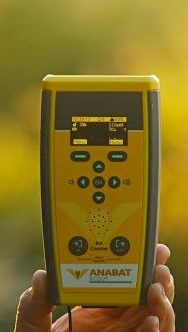
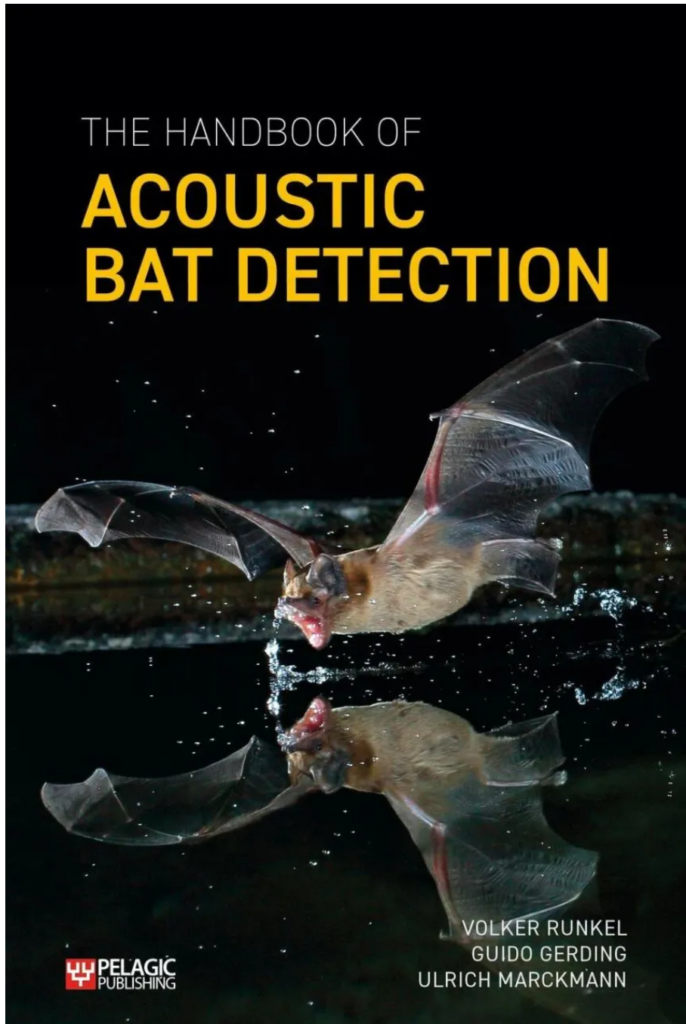
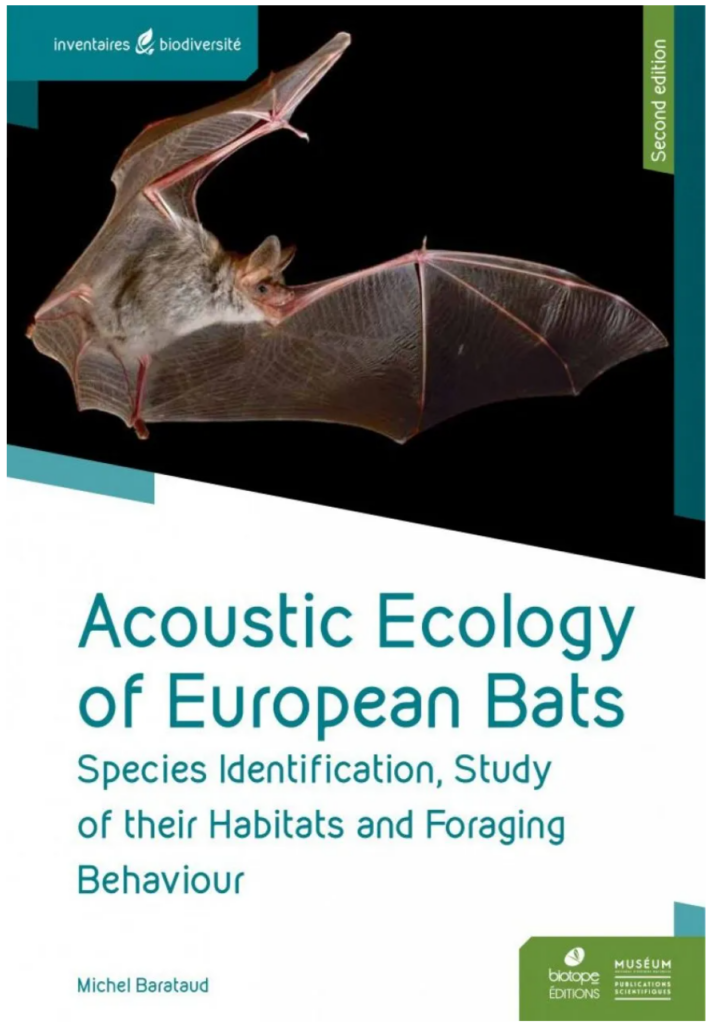


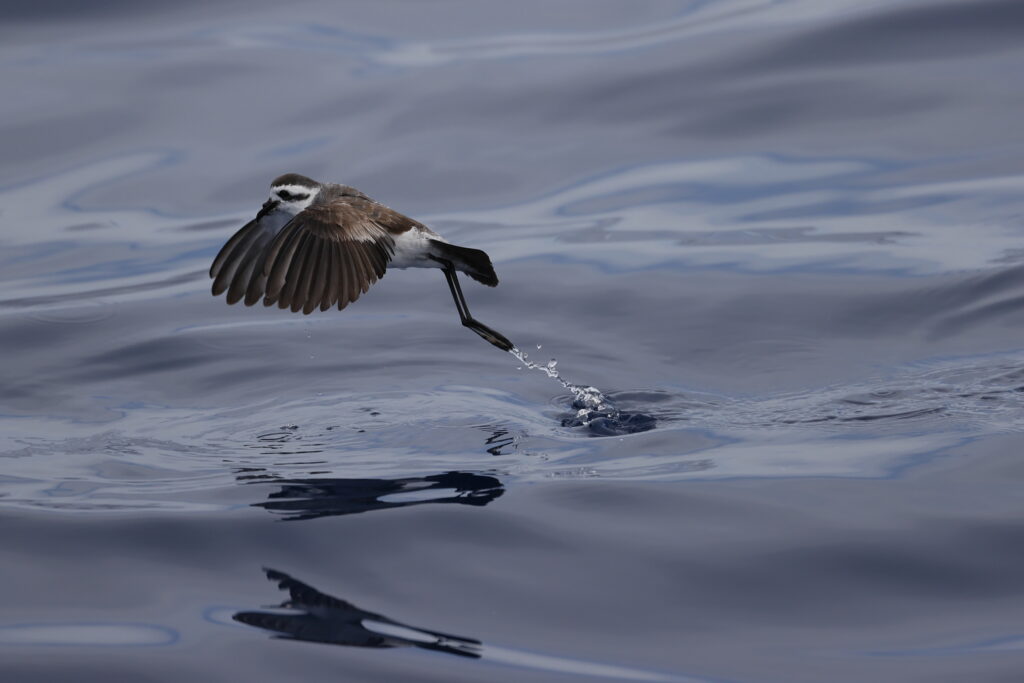
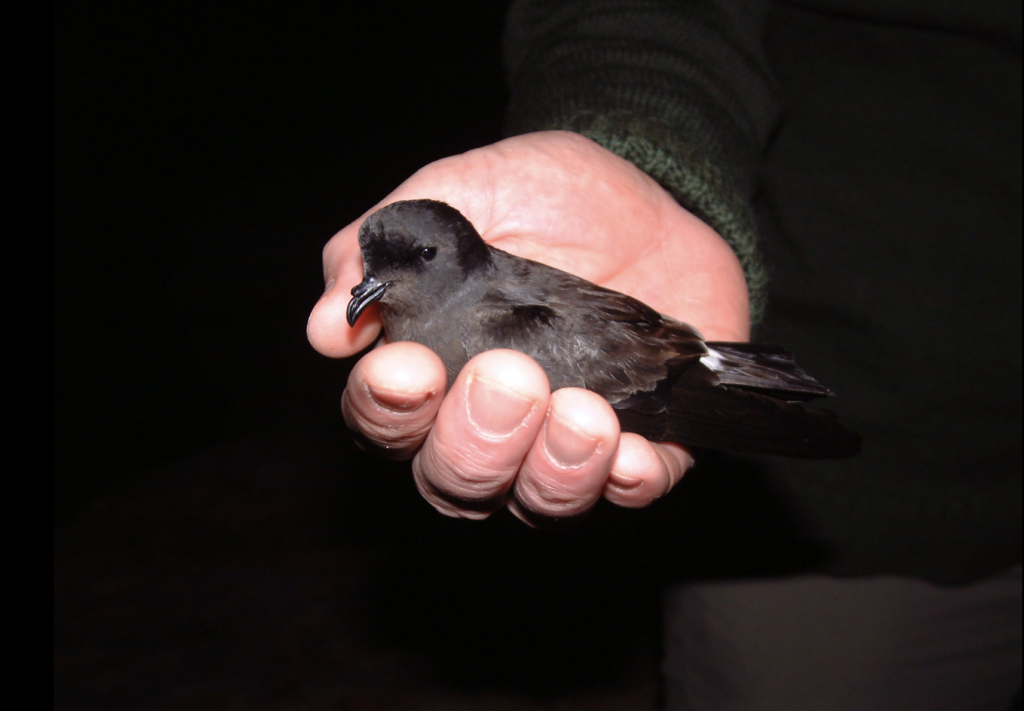
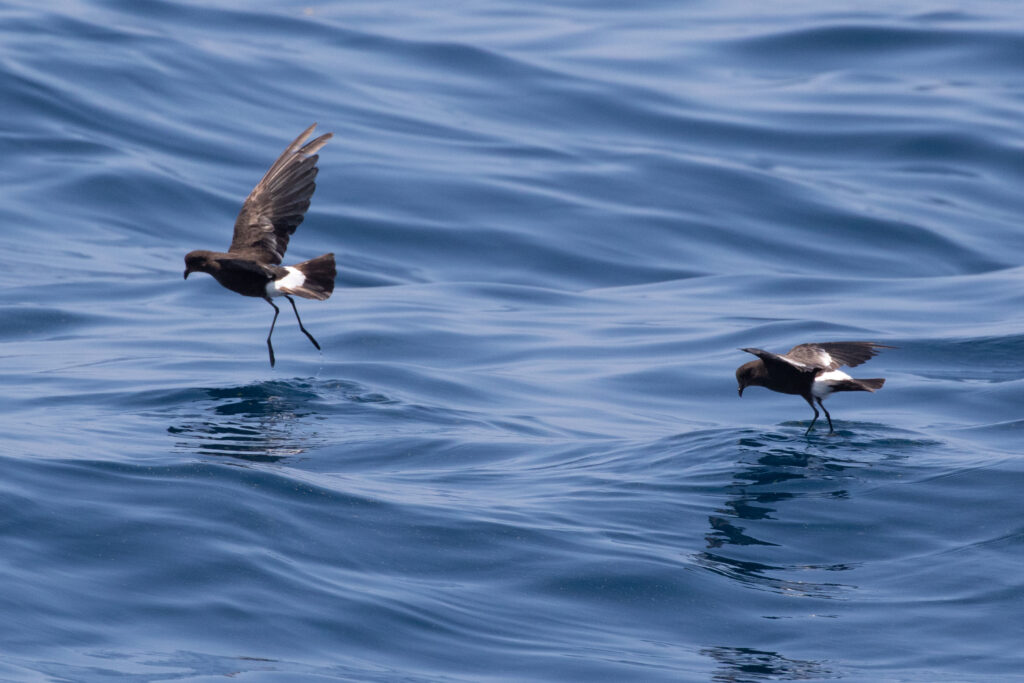
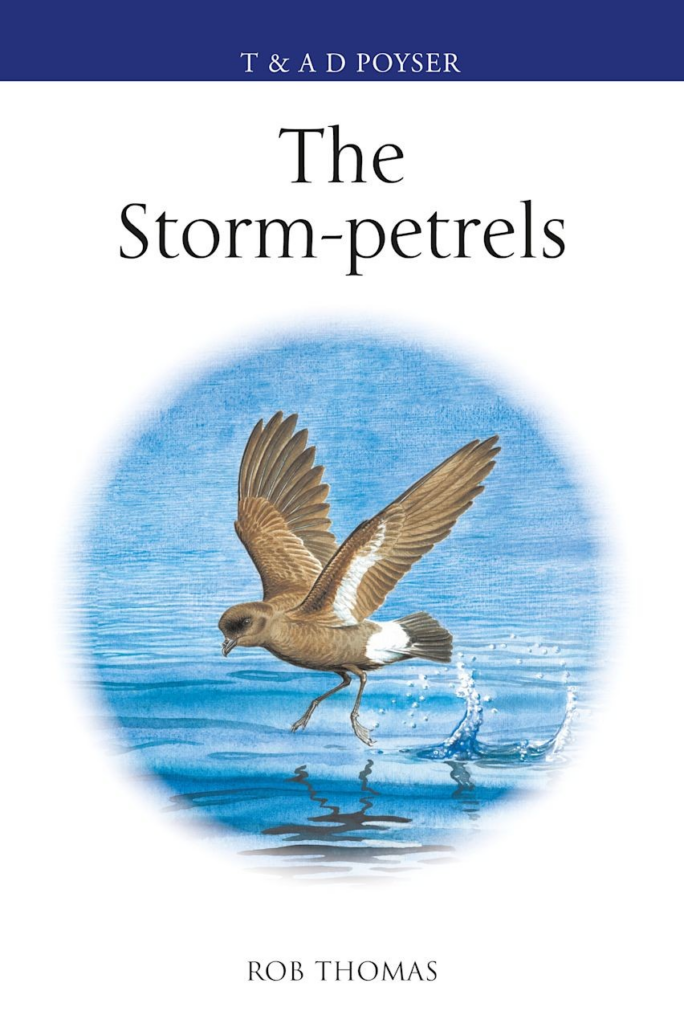

 QGIS for Ecologists
QGIS for Ecologists
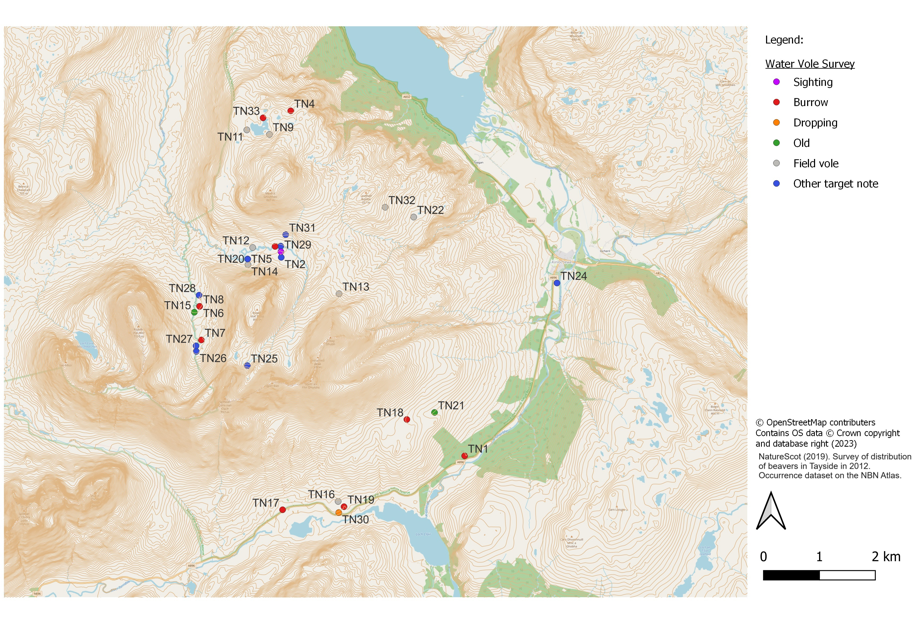
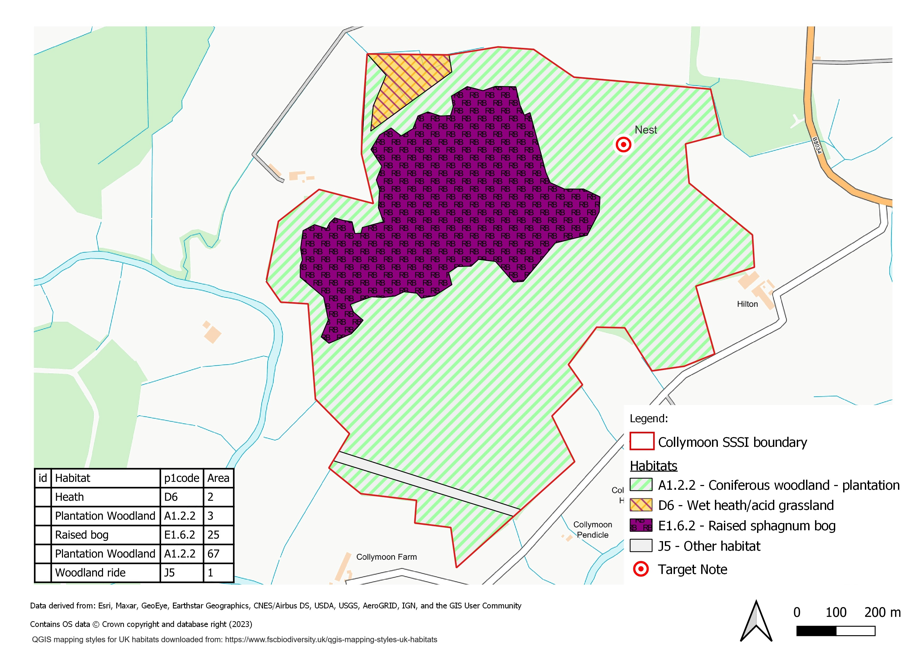
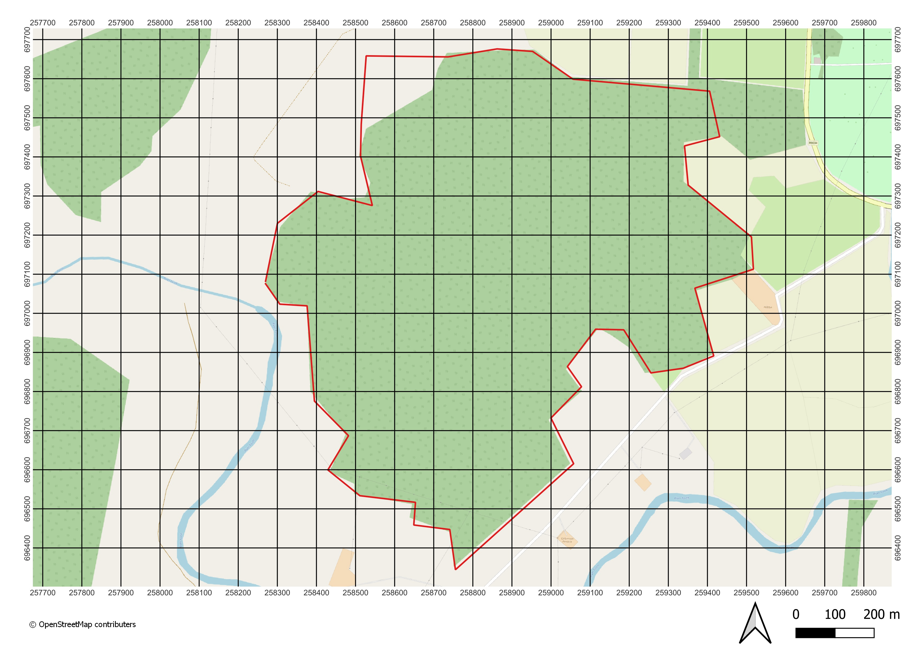
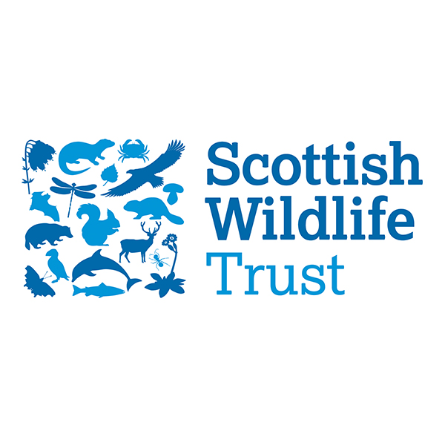
 The Scottish Wildlife Trust is the leading charity seeking to protect and restore the diversity of the Scottish landscape and its species. Based in Edinburgh, this membership-based organisation has a key role in the conservation of over 90,000 species through practical work, campaigning, education and management in over 100 wildlife reserves.
The Scottish Wildlife Trust is the leading charity seeking to protect and restore the diversity of the Scottish landscape and its species. Based in Edinburgh, this membership-based organisation has a key role in the conservation of over 90,000 species through practical work, campaigning, education and management in over 100 wildlife reserves.
